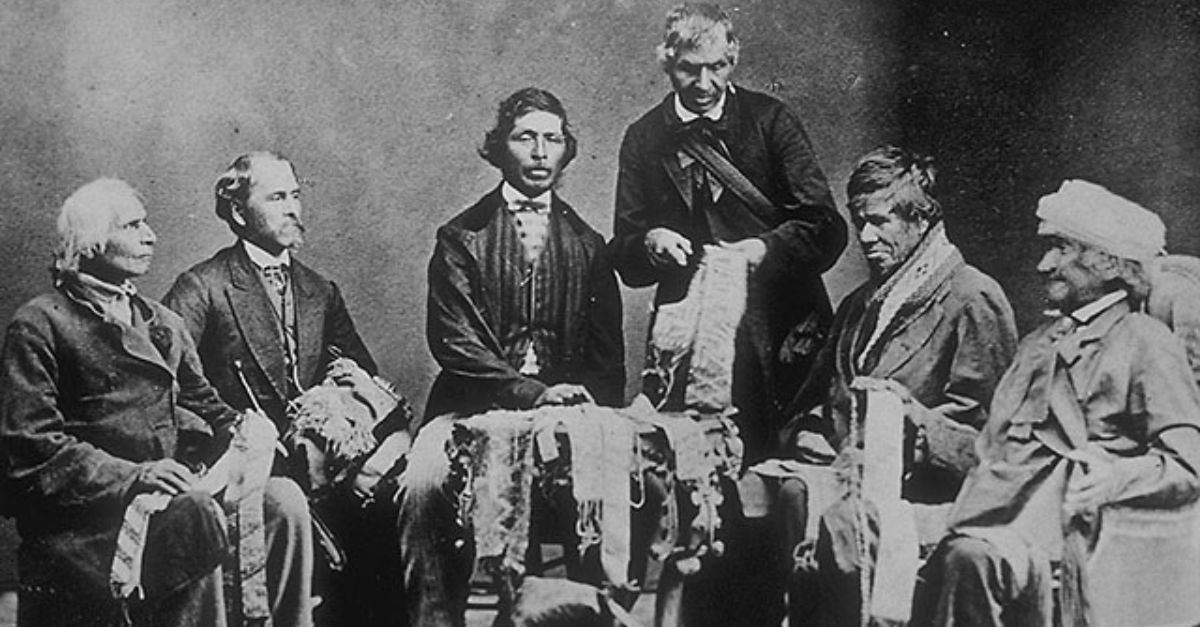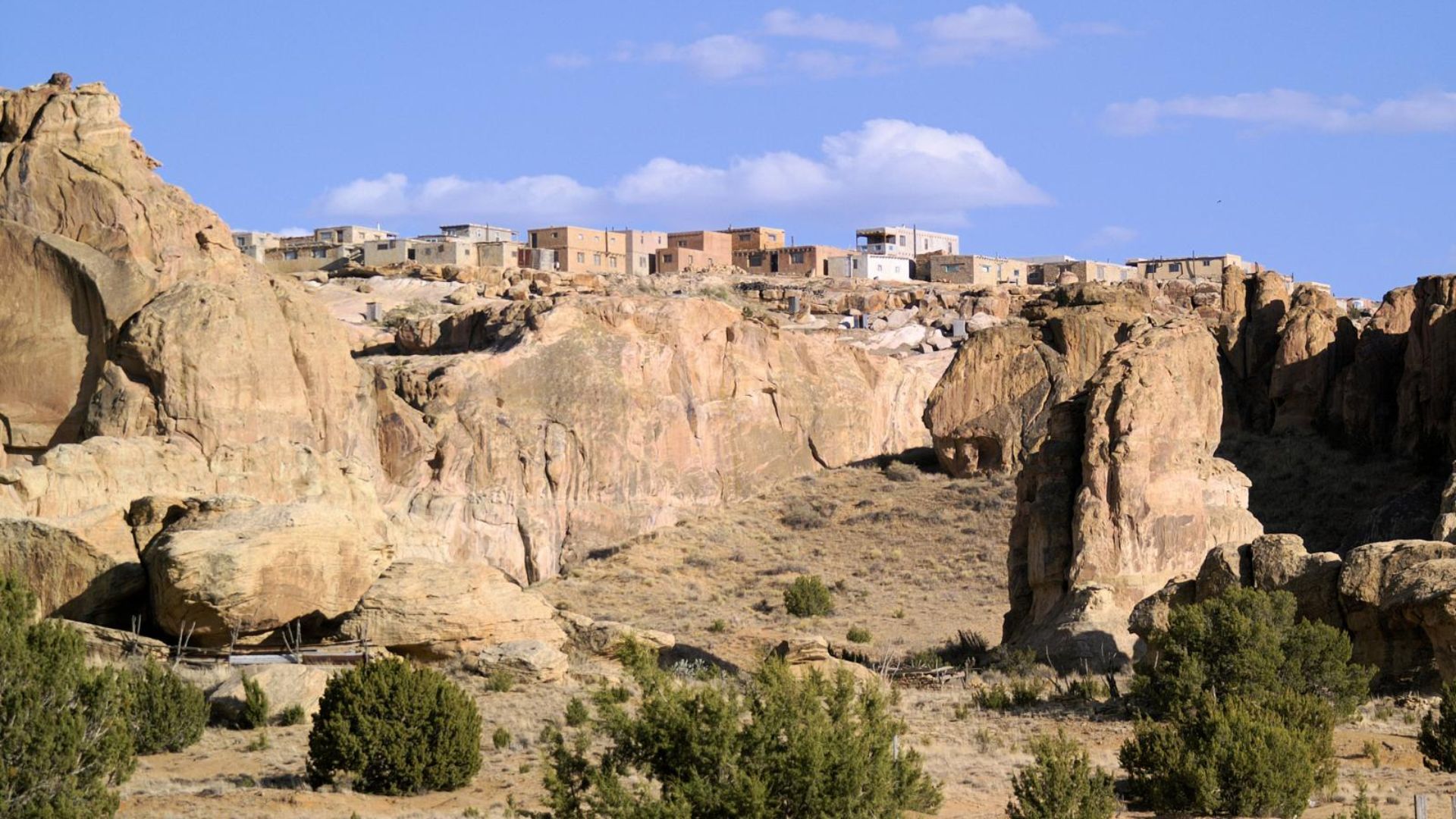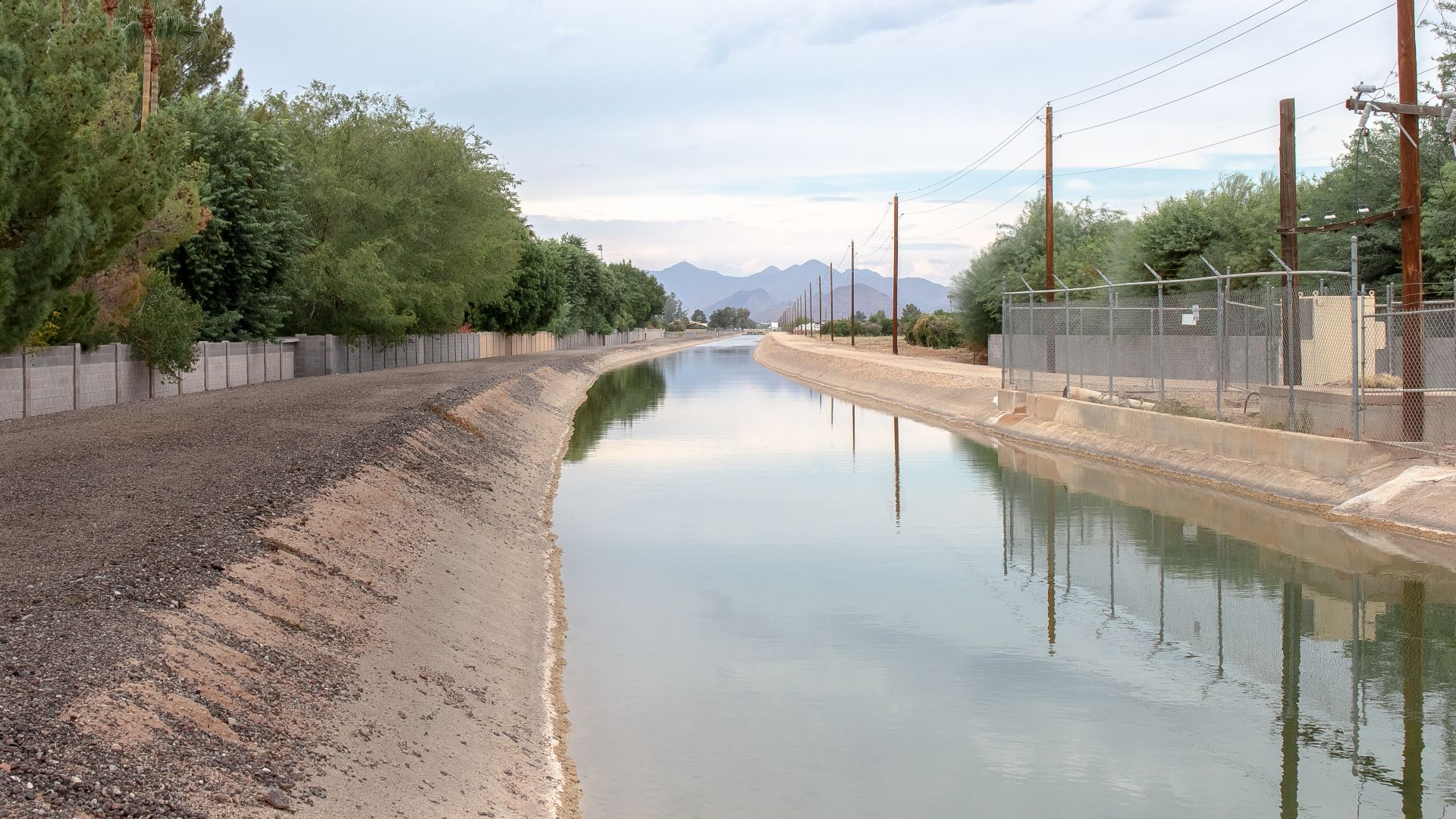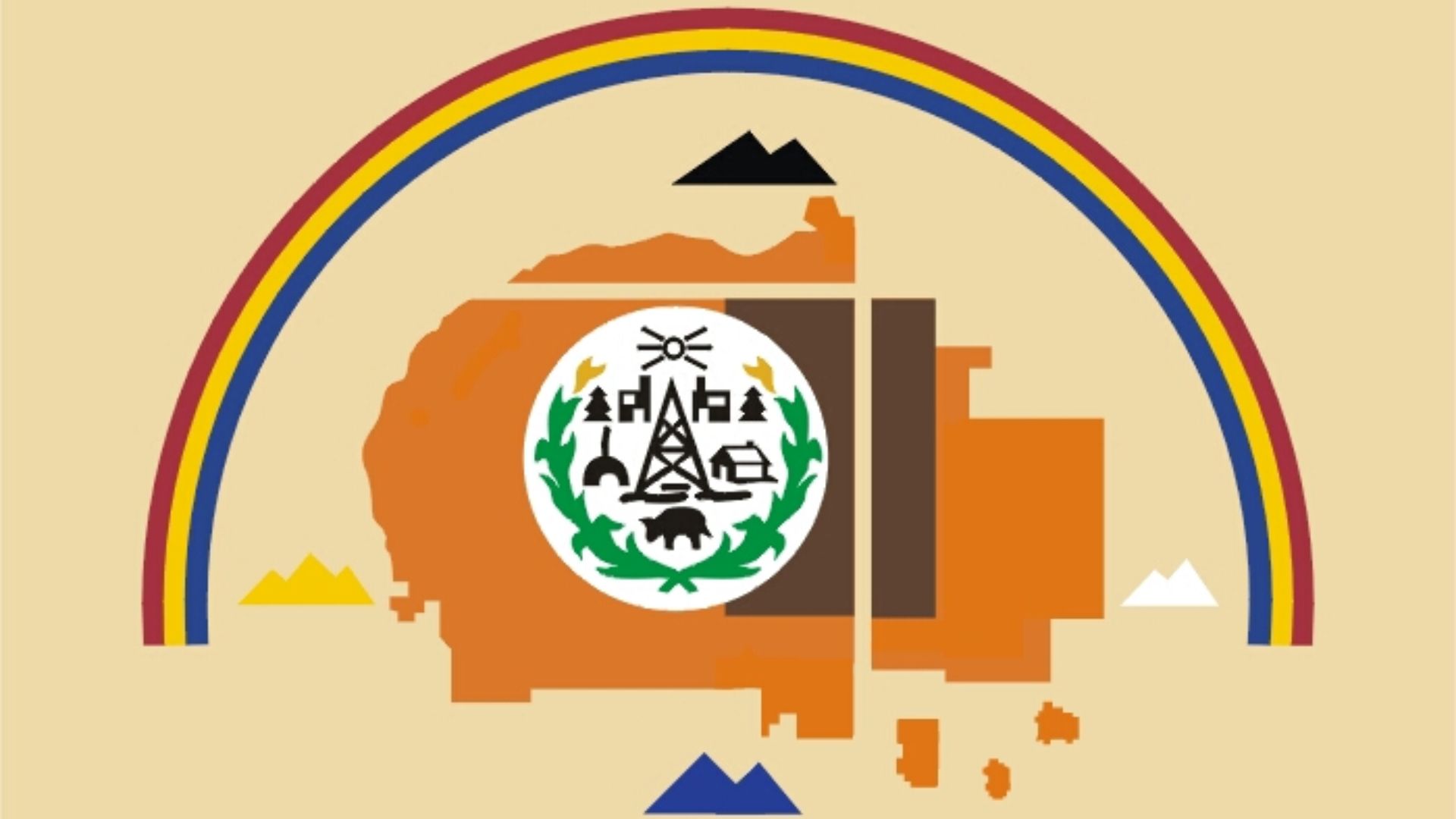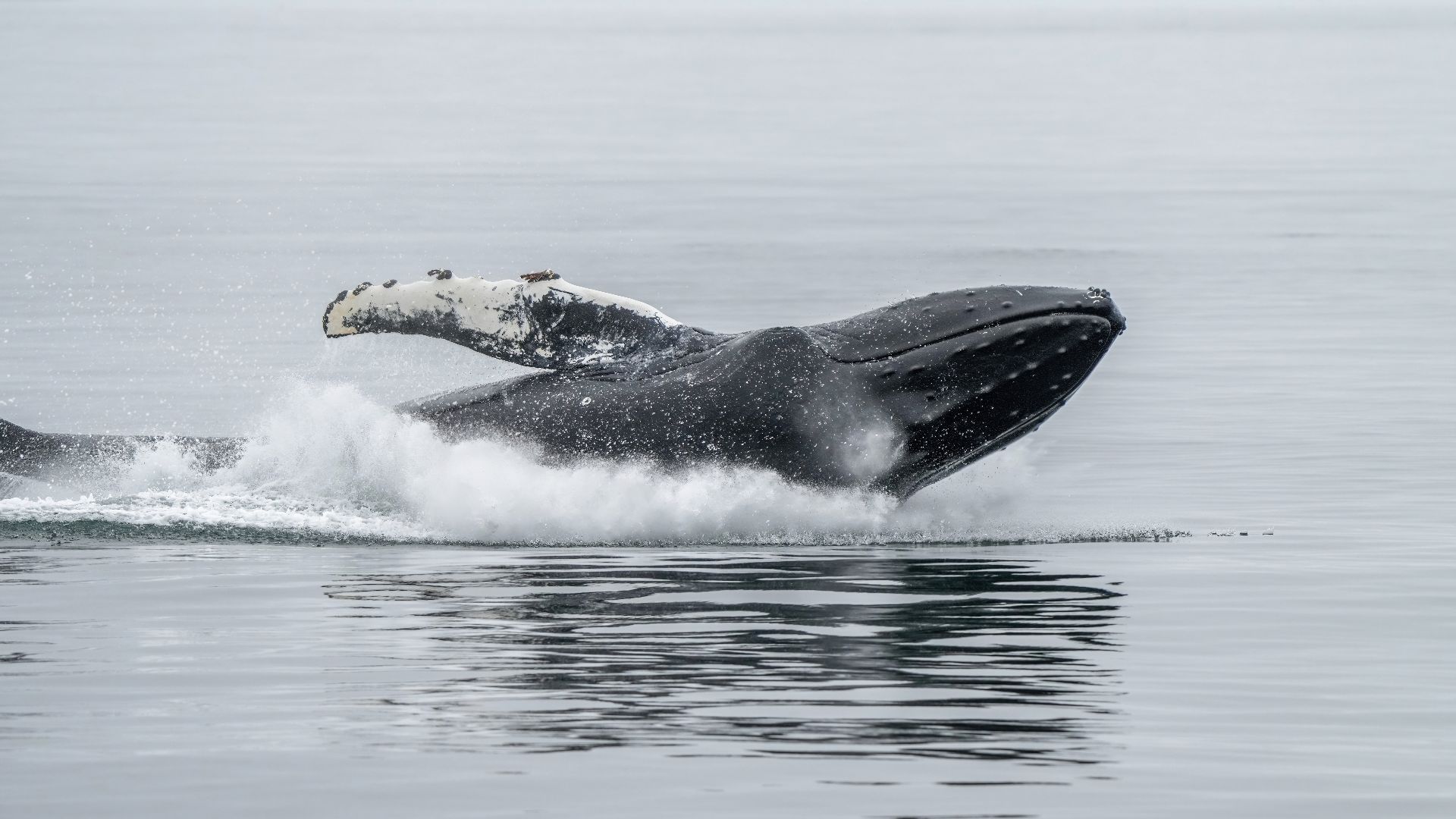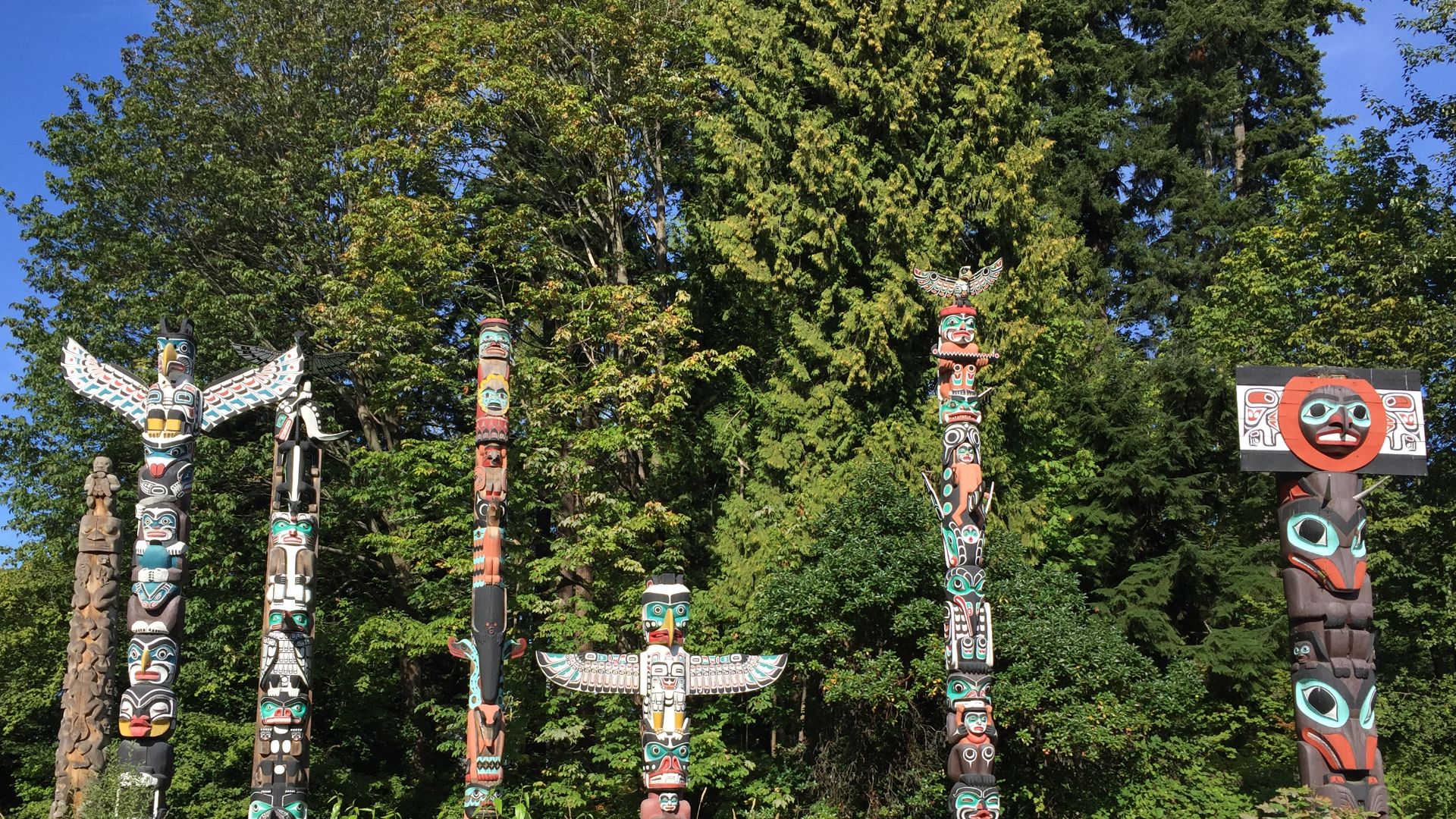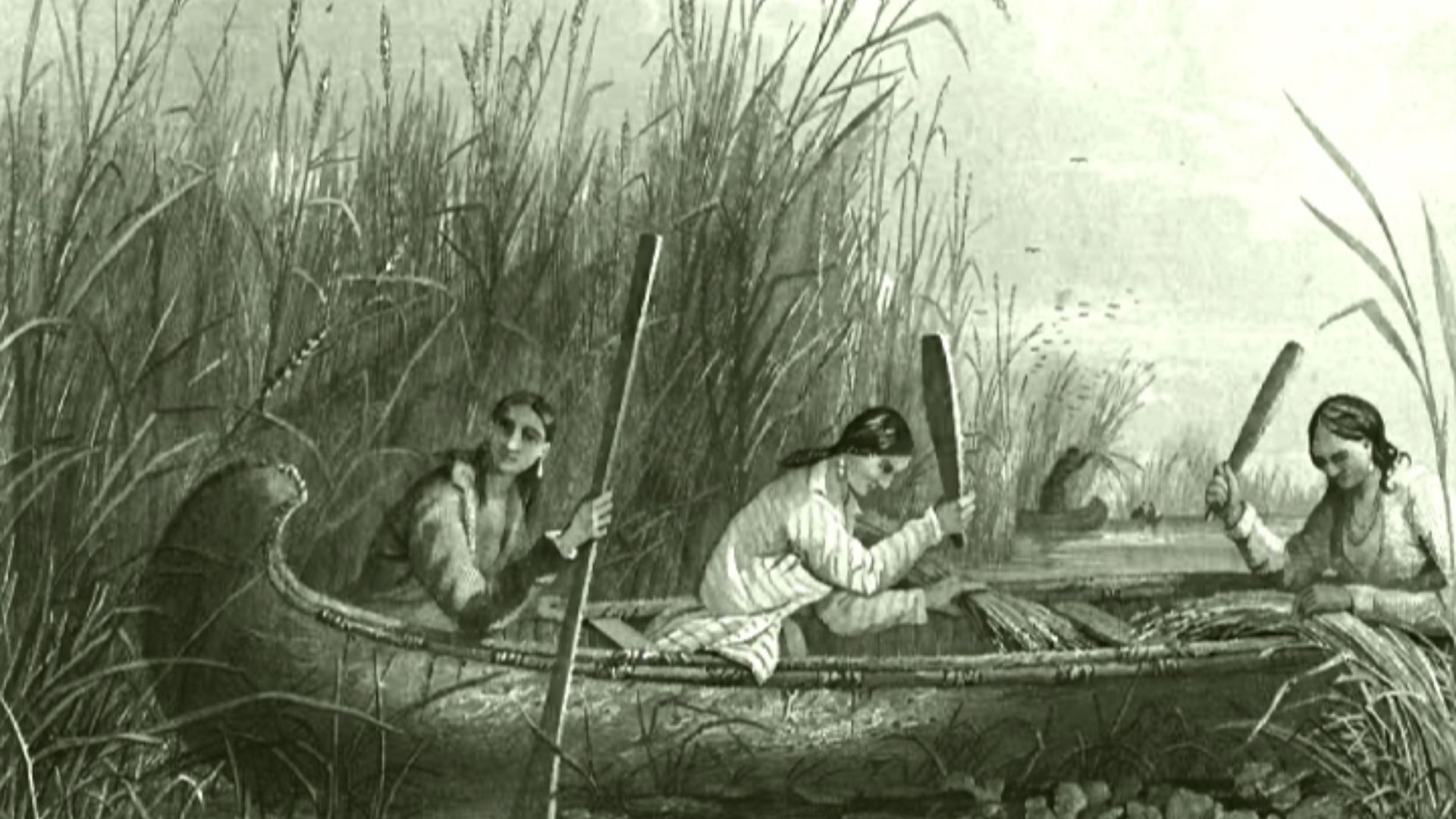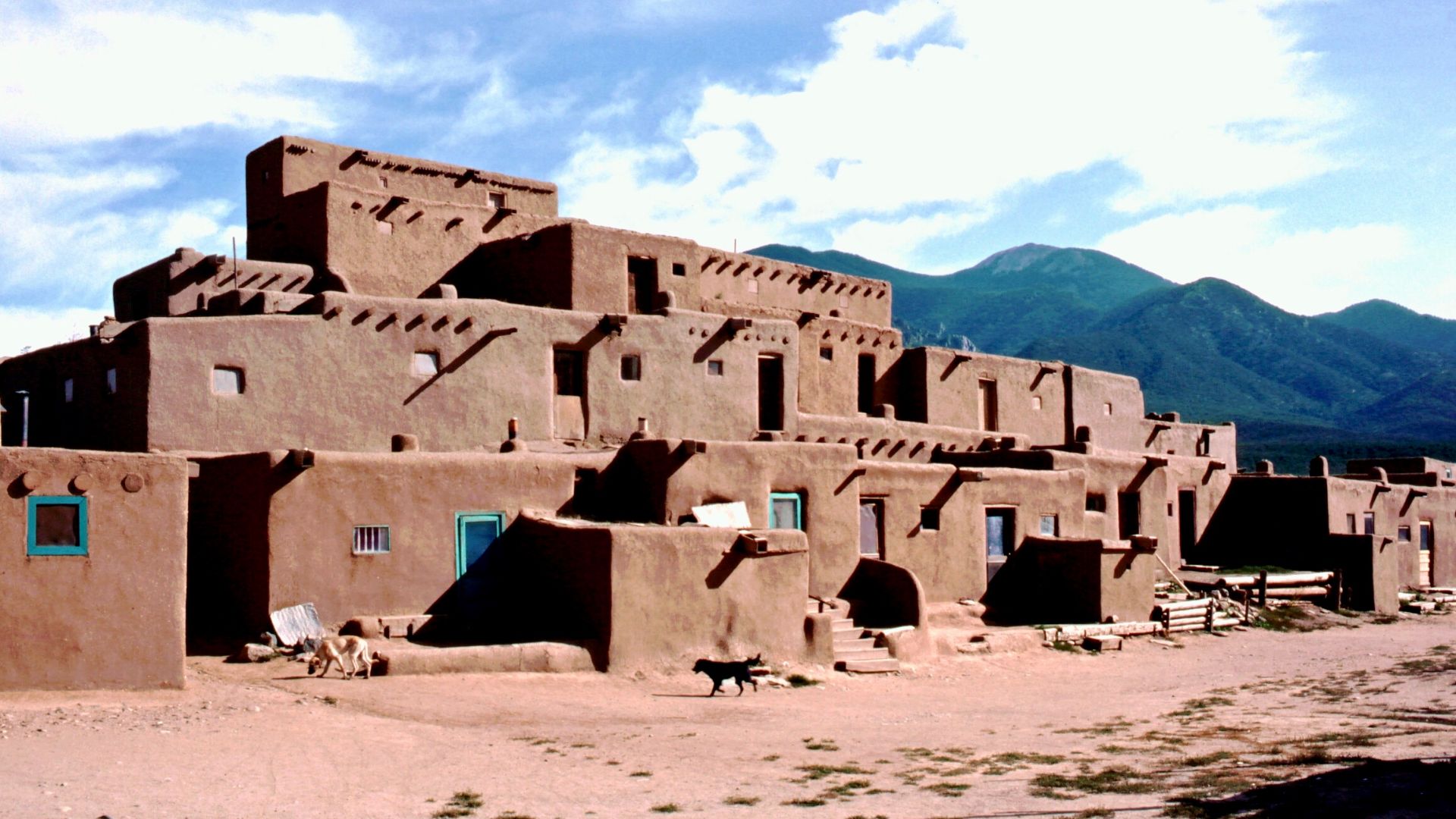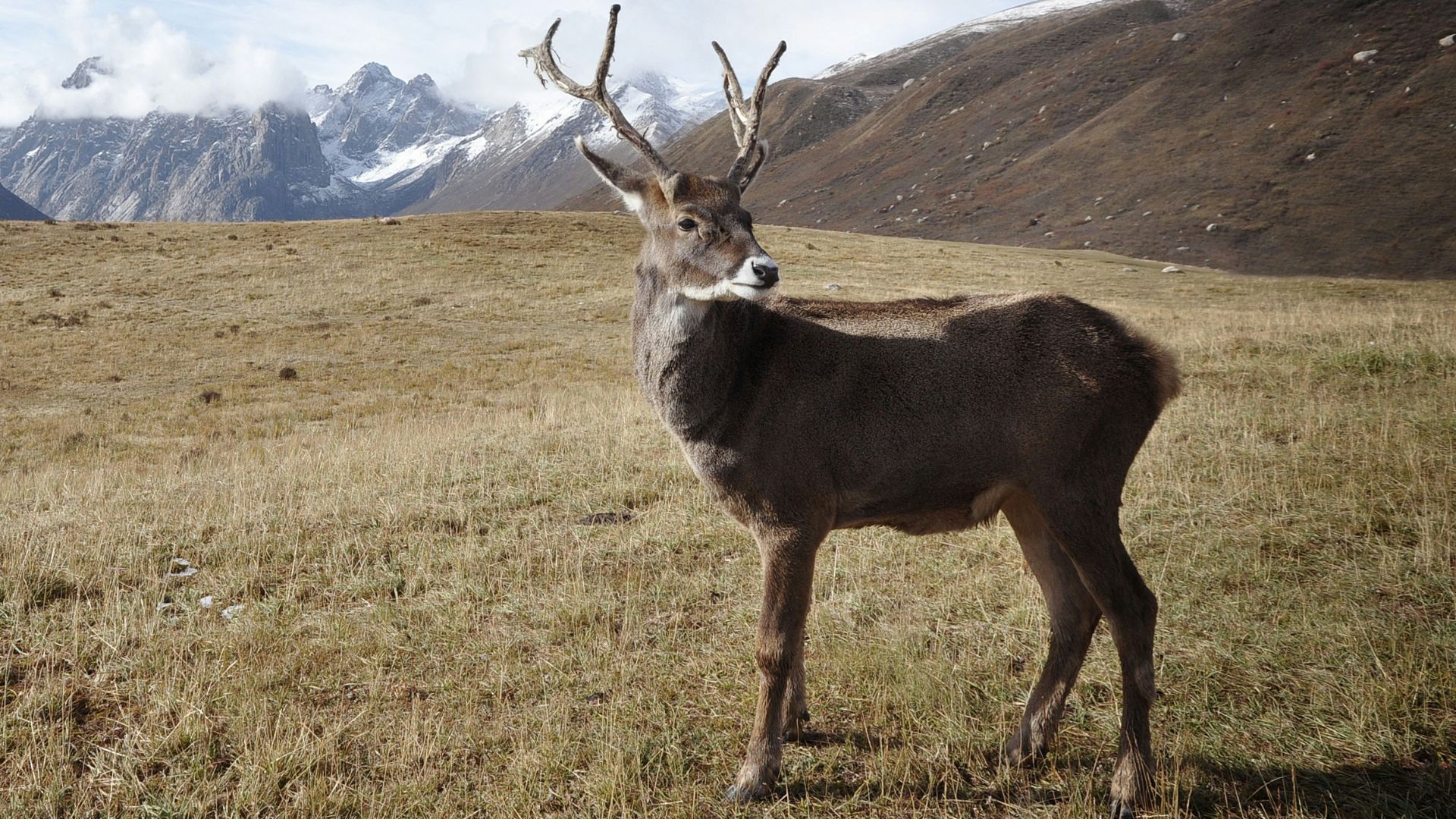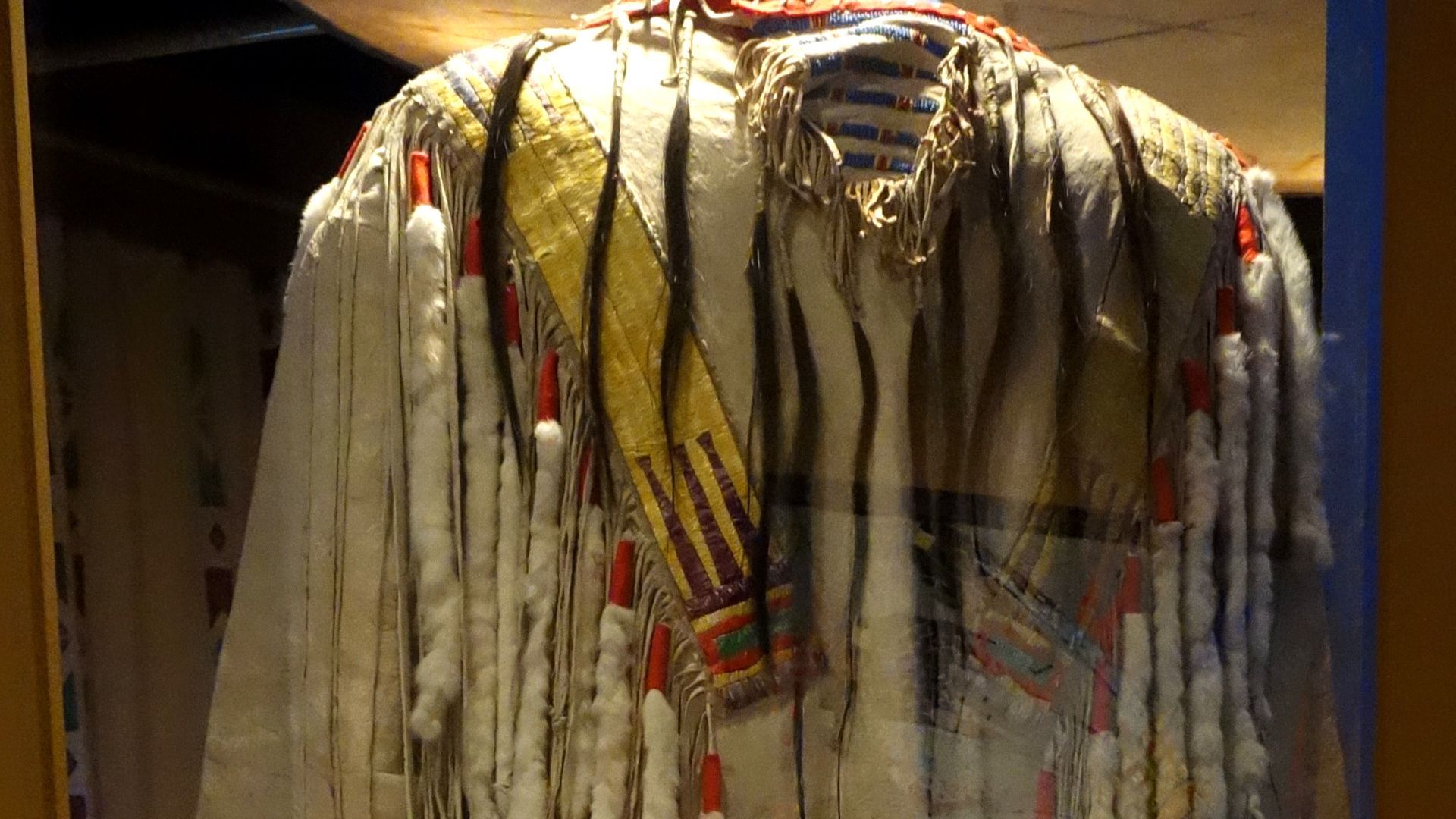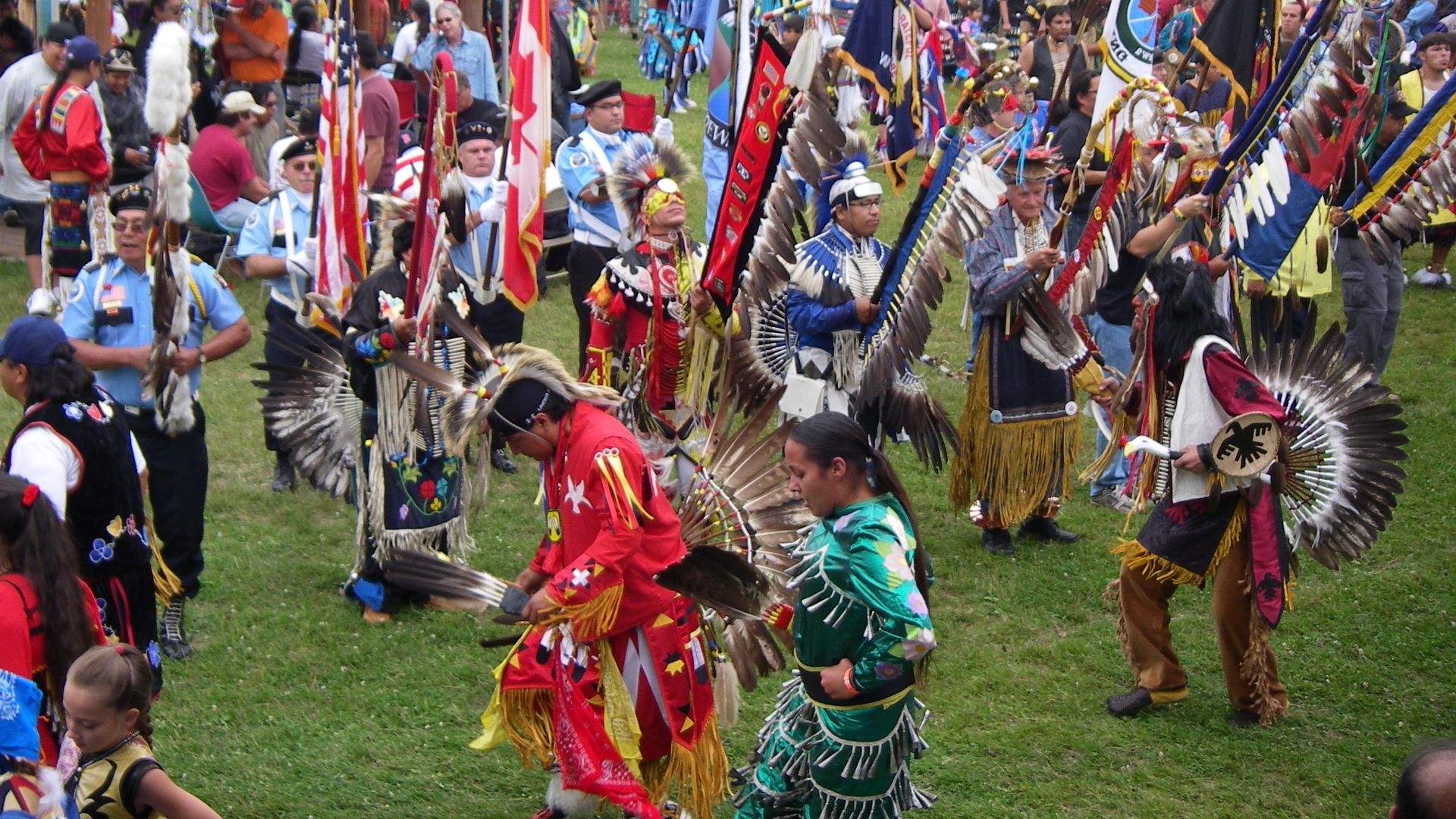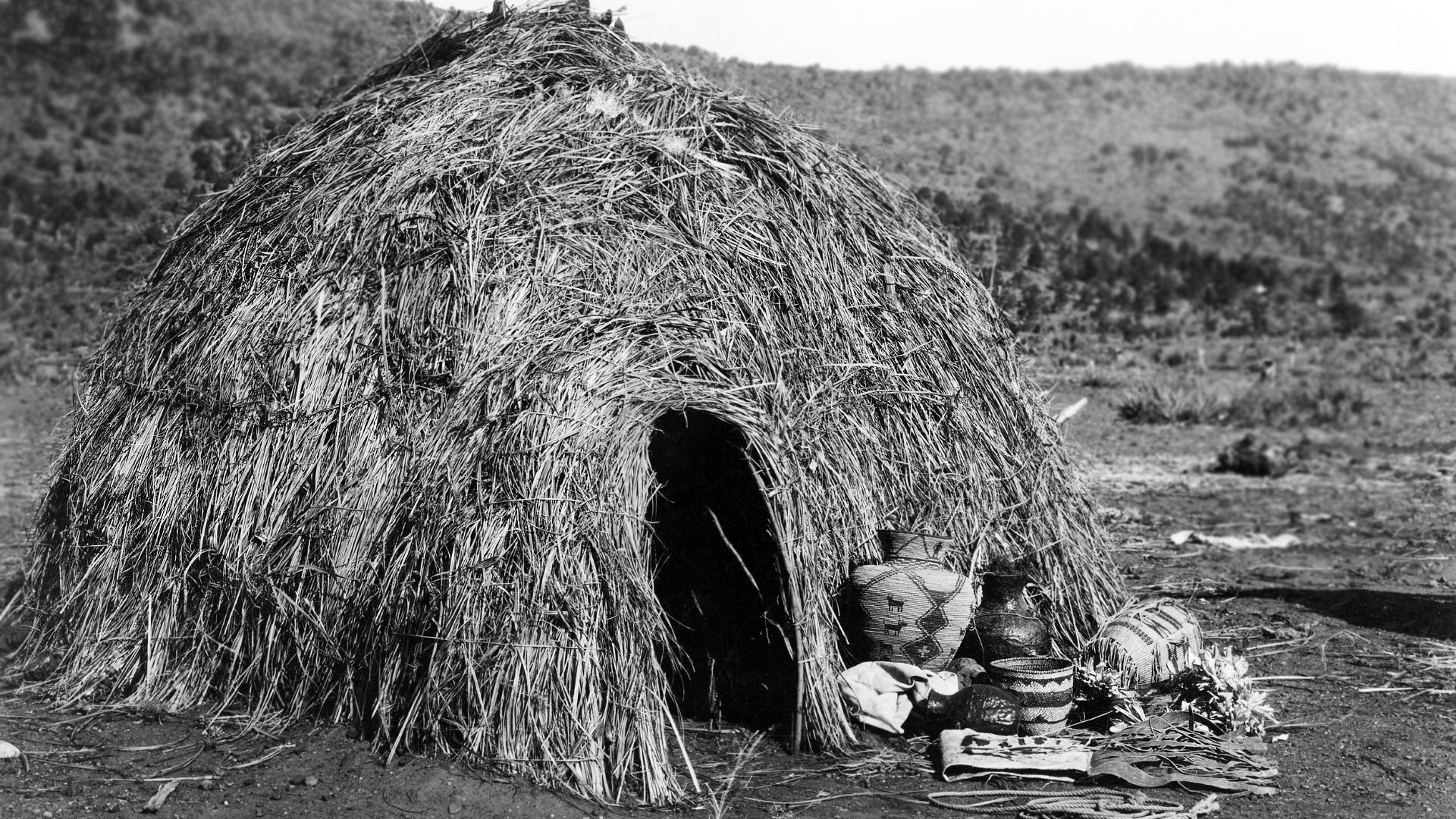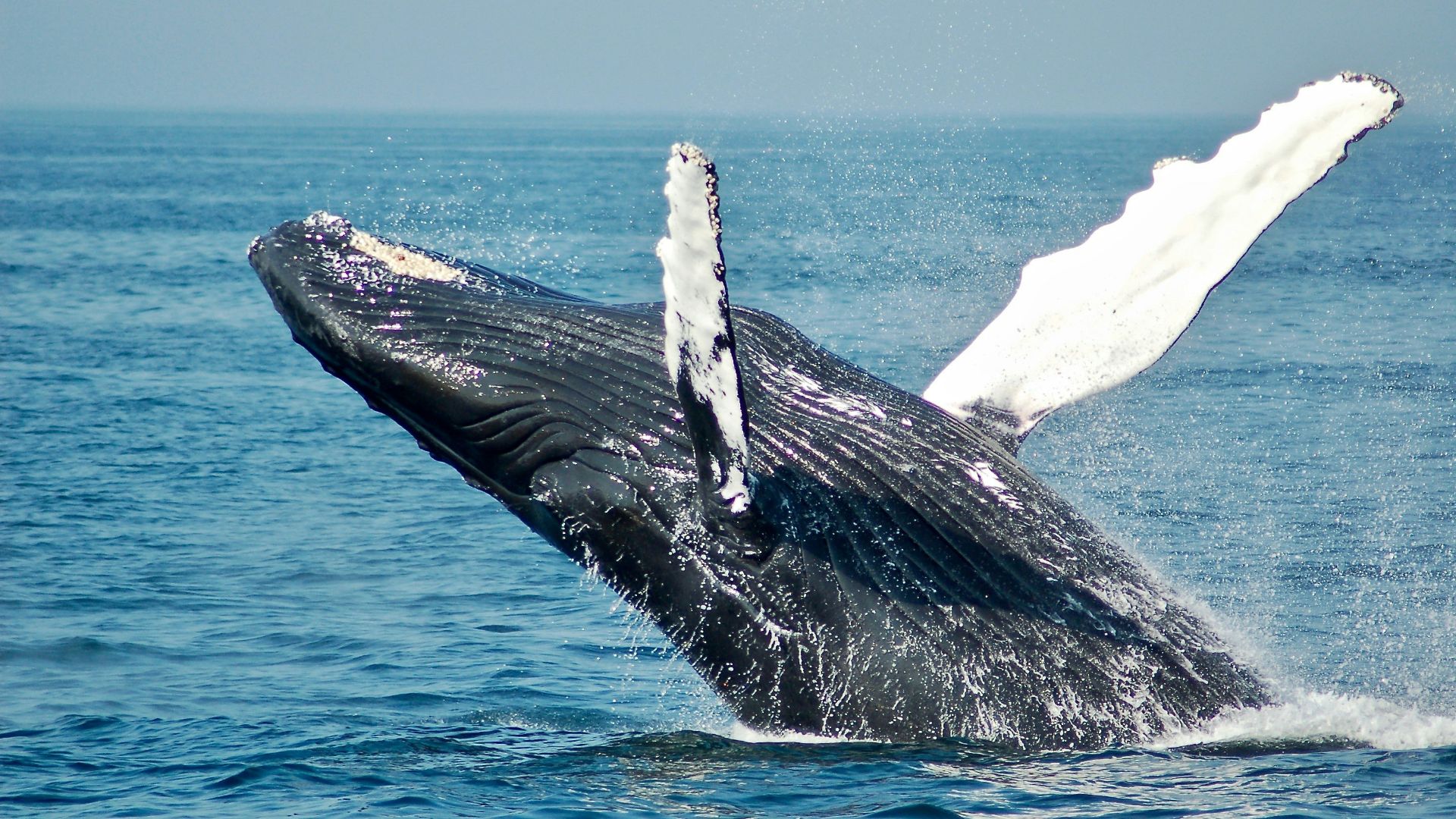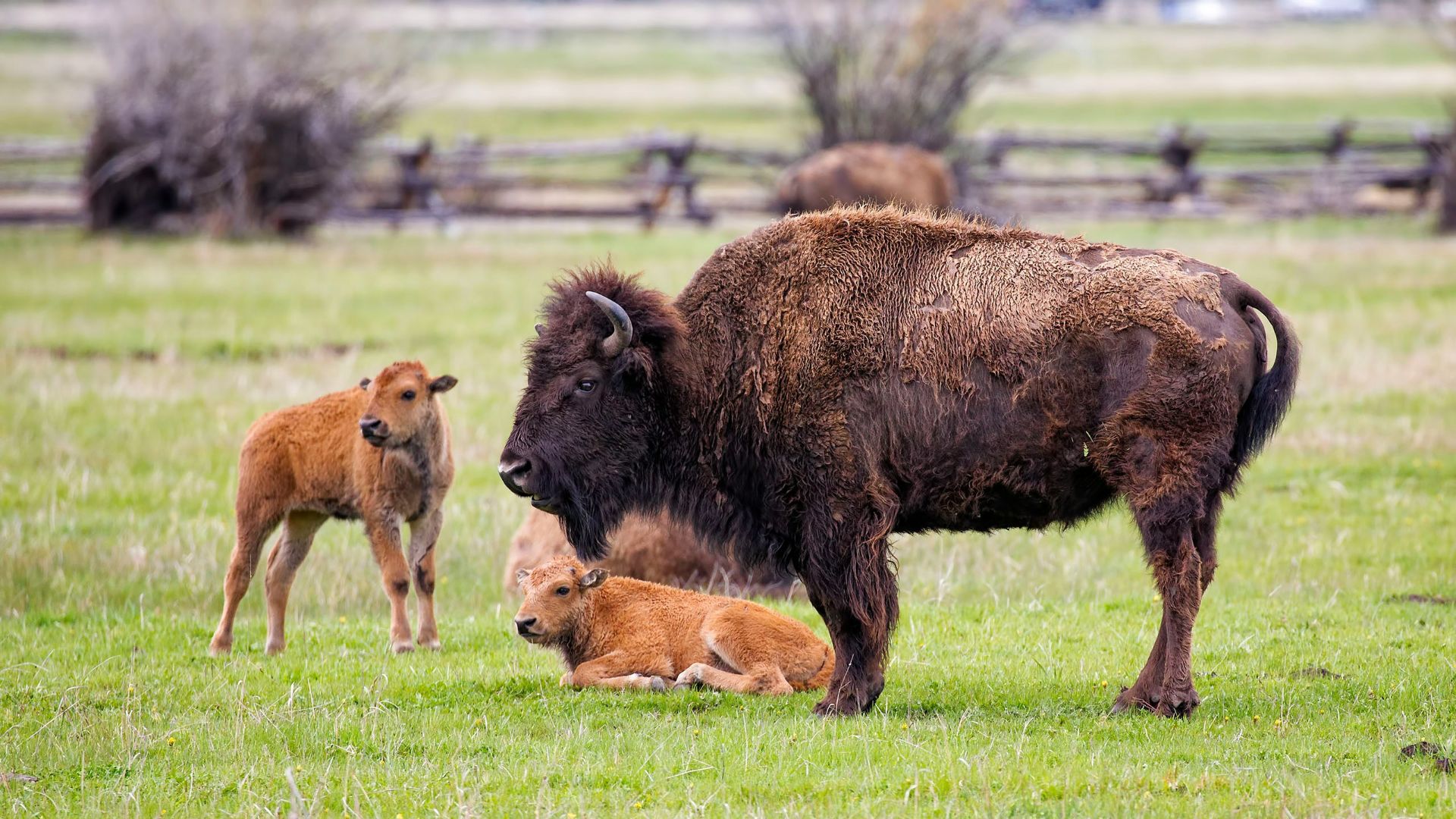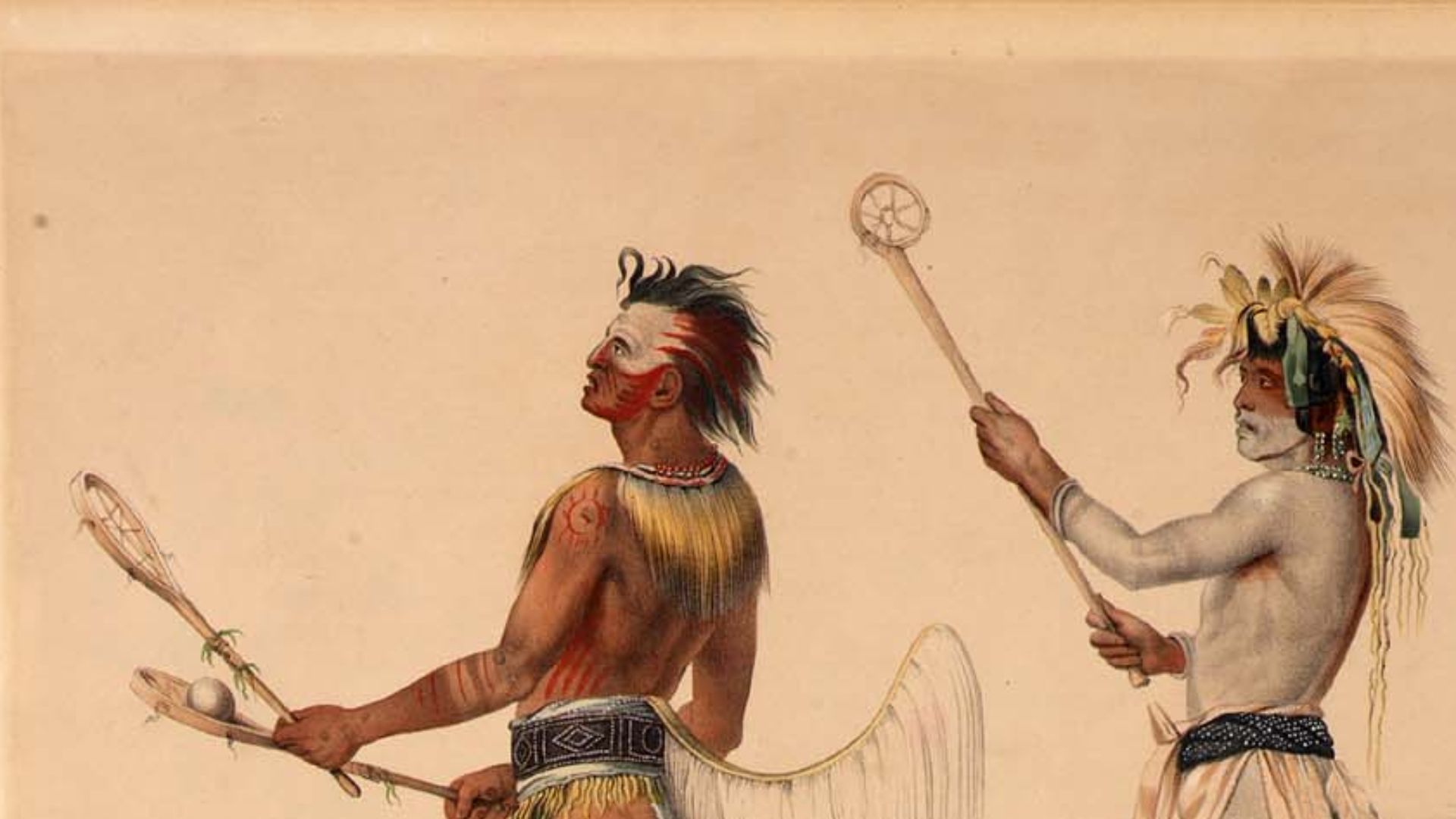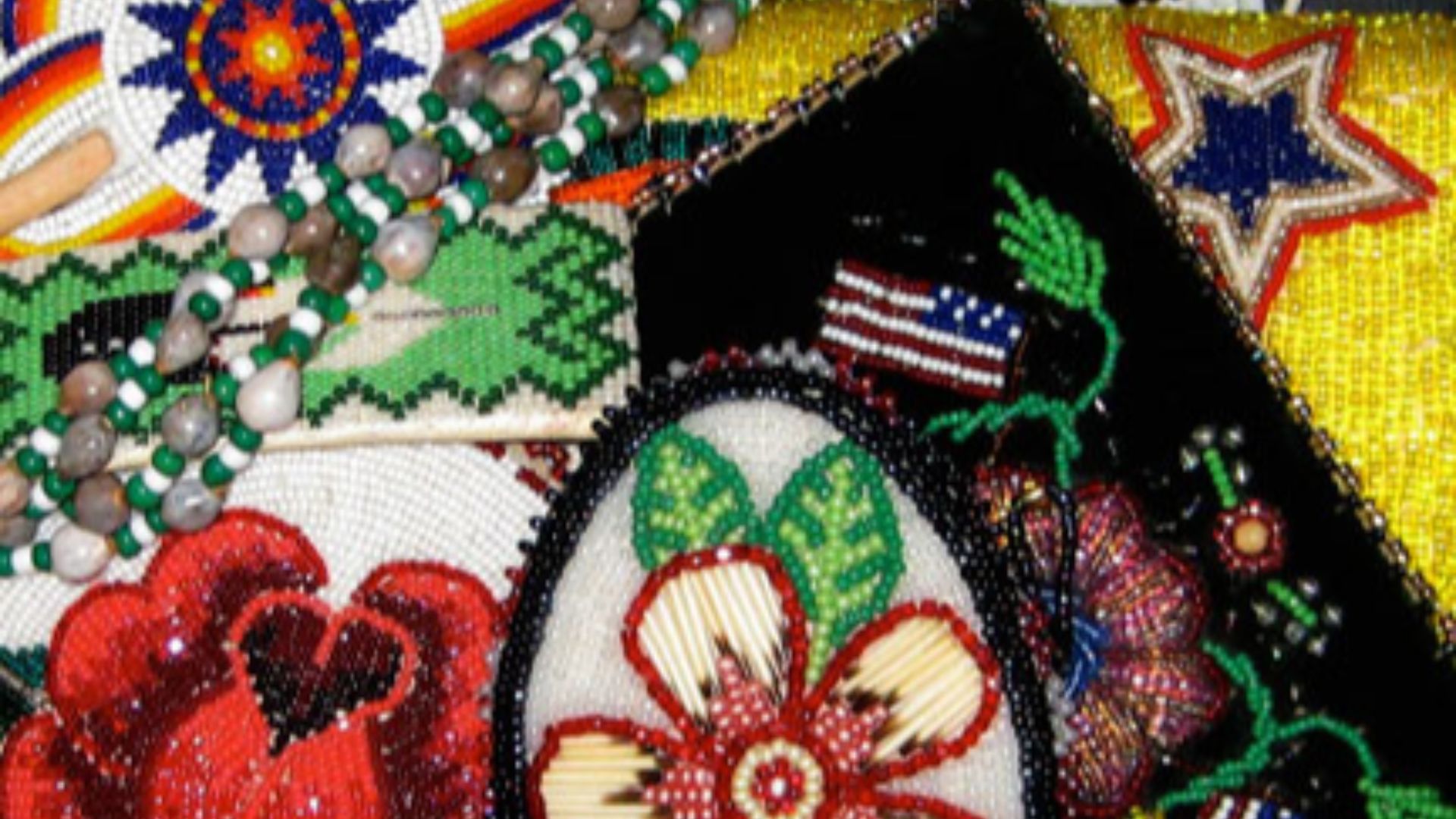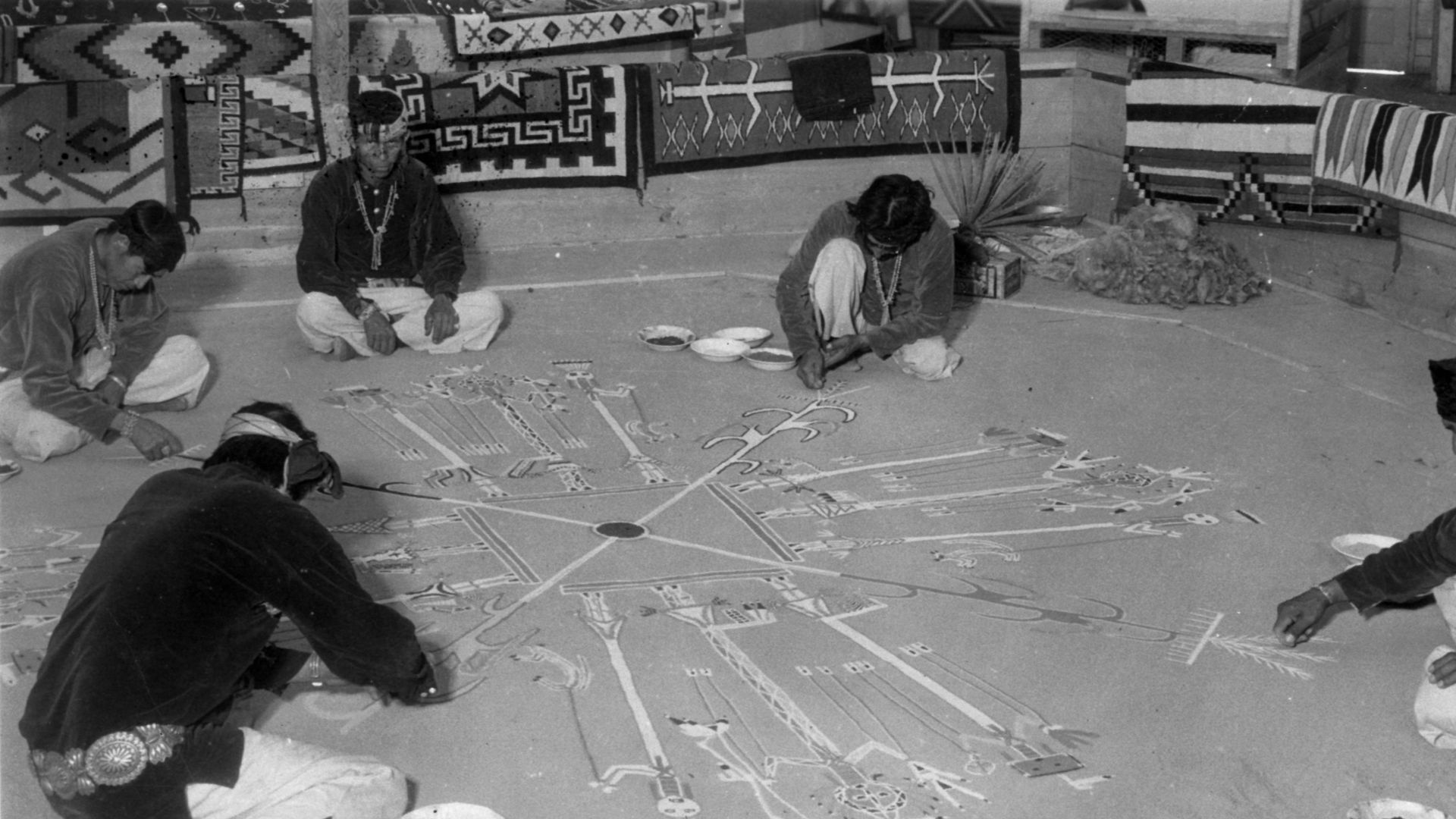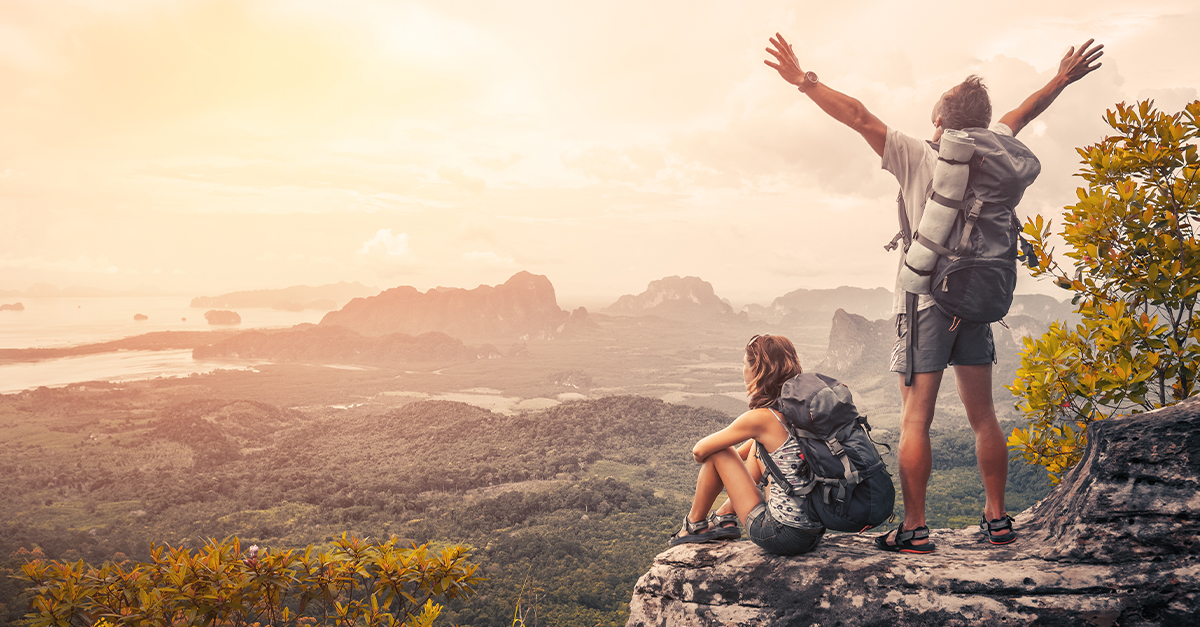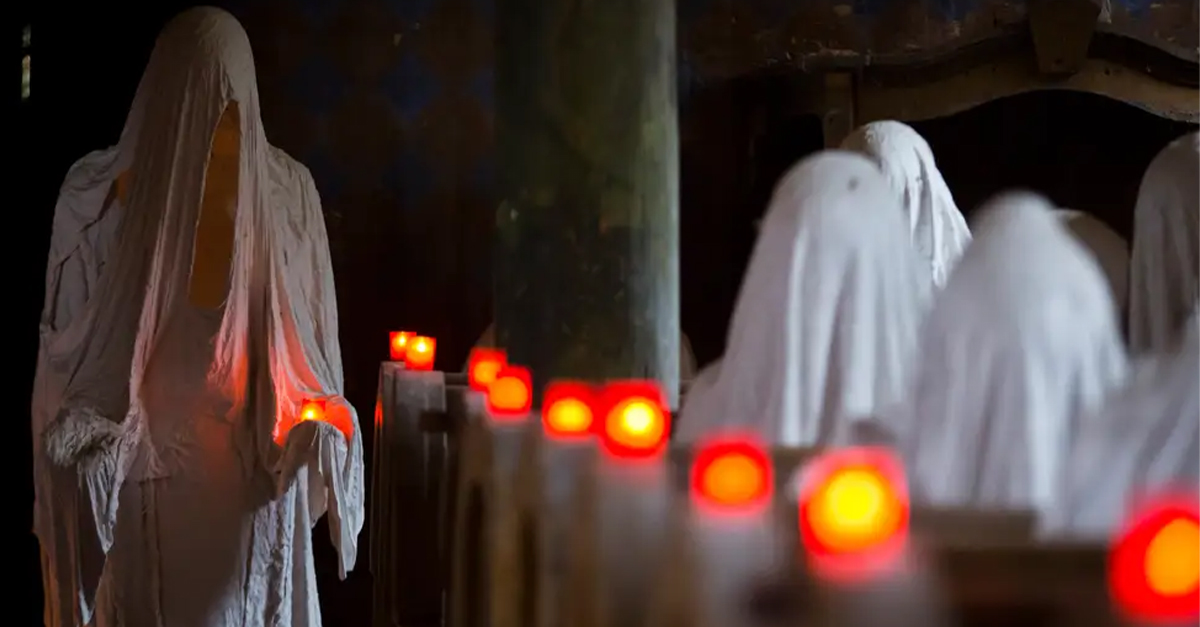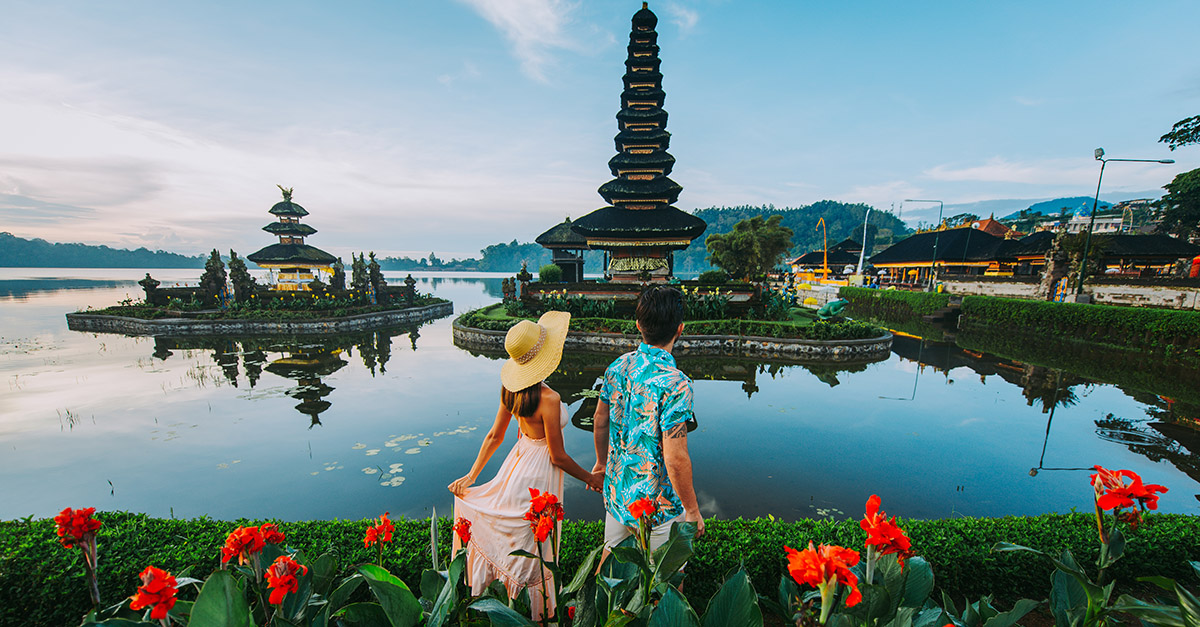Unveiling Native American Legacies
You cannot always take everything at face value, even historical information. Here are 44 pieces of information about Native Americans the history books forgot (or decided) to include (or omit).
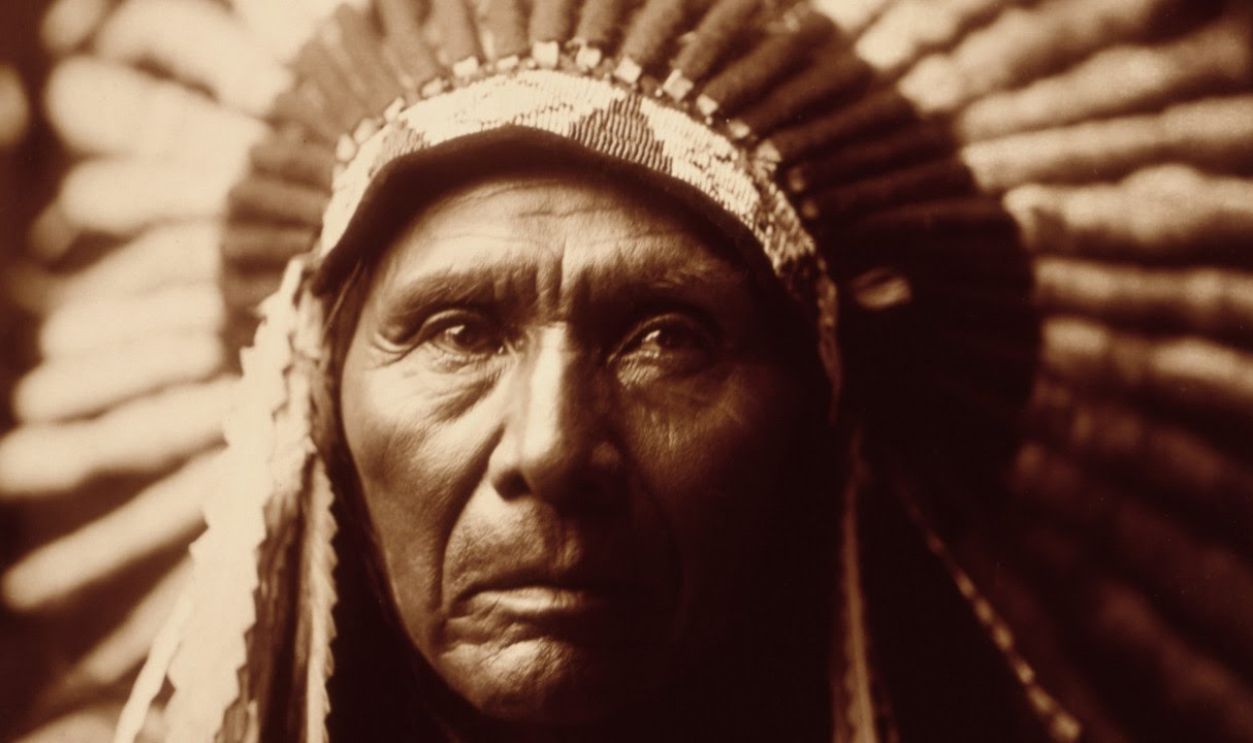
Native Americans Have Possibly Lived Since 1150 AD
Acoma Pueblo, one of the oldest continuously inhabited settlements in the US, dates back to at least 1150 AD. Known as "Sky City," its terraced homes and communal traditions remain central to its people’s identity. However, Native American presence in North America extends back over 10,000 years.
They Built The Adena Mounds With Advanced Techniques
Native Americans constructed these towering earthworks between 1000 BCE and 200 BCE, likely for ceremonial and burial purposes. These structures showcase advanced engineering despite the lack of modern tools. Visitors encounter silent guardians of a past civilization that still fascinates archaeologists and anyone curious about prehistoric society.
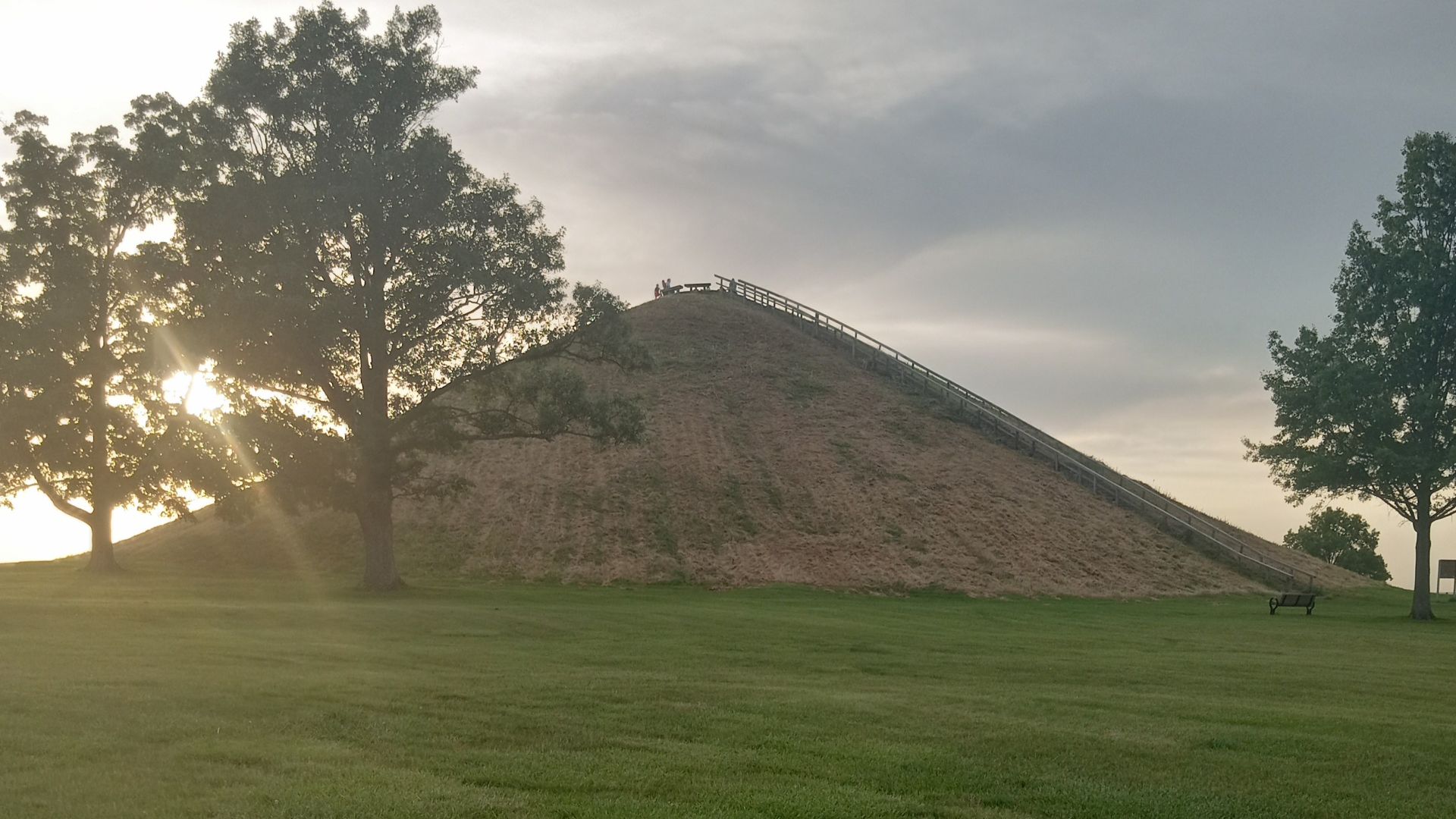 TruelyNotGlassfoot on Wikimedia
TruelyNotGlassfoot on Wikimedia
The Hohokam Created Ingenious Canal Systems
The Hohokam, an ancient Native American culture in present-day Arizona, developed ingenious canal networks around 300 CE and harnessed rivers near modern Phoenix. These canals turned barren soil into fertile farmland, supporting crops in an otherwise arid zone.
The Horse Revolutionized Their Plains Life
Horses, introduced by the Spanish in the 16th century, transformed Plains cultures by improving mobility, hunting efficiency, warfare, and trade networks. Their arrival reshaped warfare and daily life for many tribes. Oral accounts remember the moment these nations embraced equine allies, and it forged legendary stories of adaptation and opportunity.
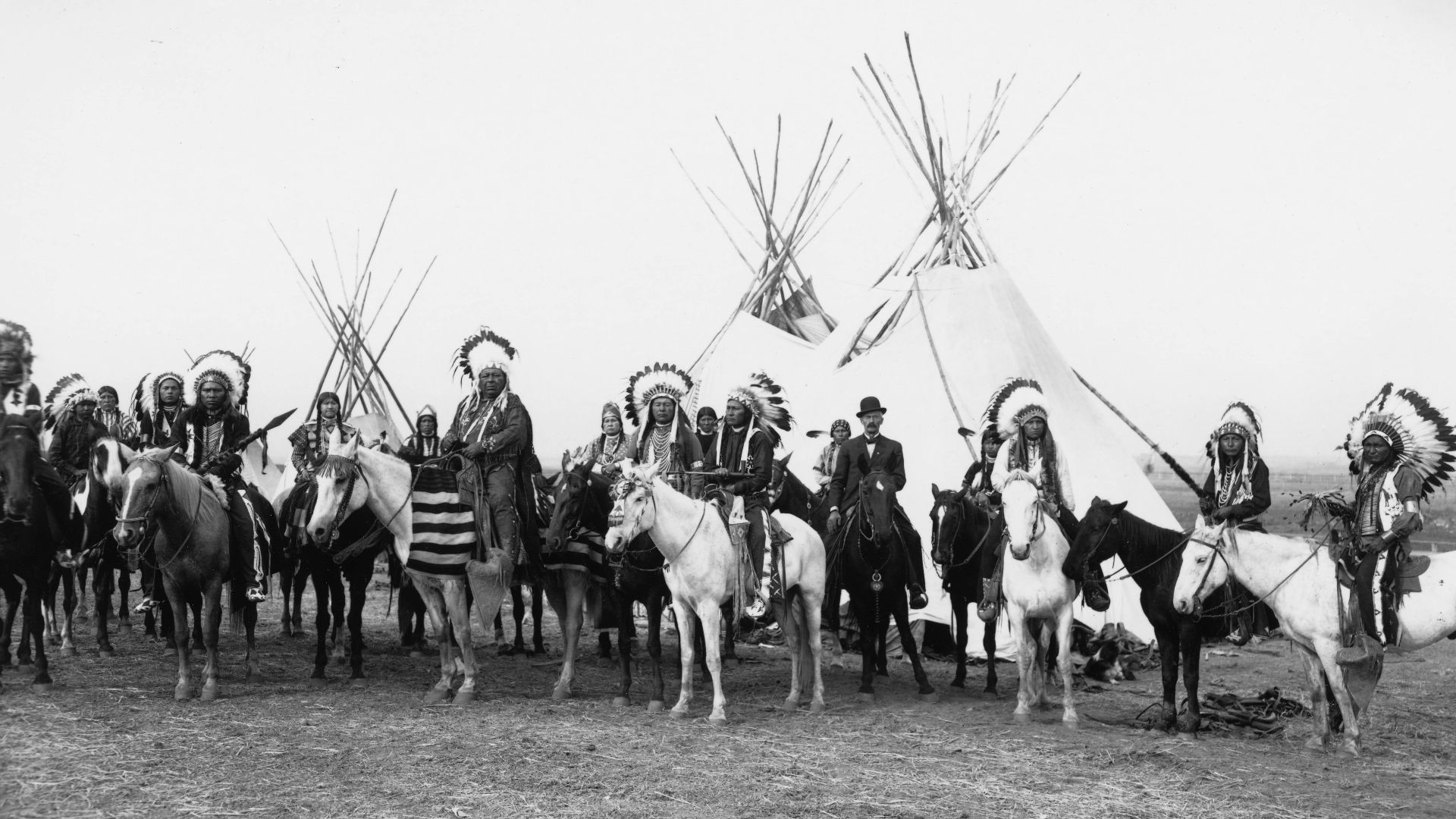 Benjamin A. Gifford on Wikimedia
Benjamin A. Gifford on Wikimedia
The Iroquois Influenced American Governance
The Iroquois Confederacy’s Great Law of Peace outlined governance, consensus-building, and leadership principles. Some historians suggest it influenced aspects of the US Constitution, though the extent remains debated. Nonetheless, connections between Confederate governance and later democratic frameworks remain a lively topic among researchers and cultural observers.
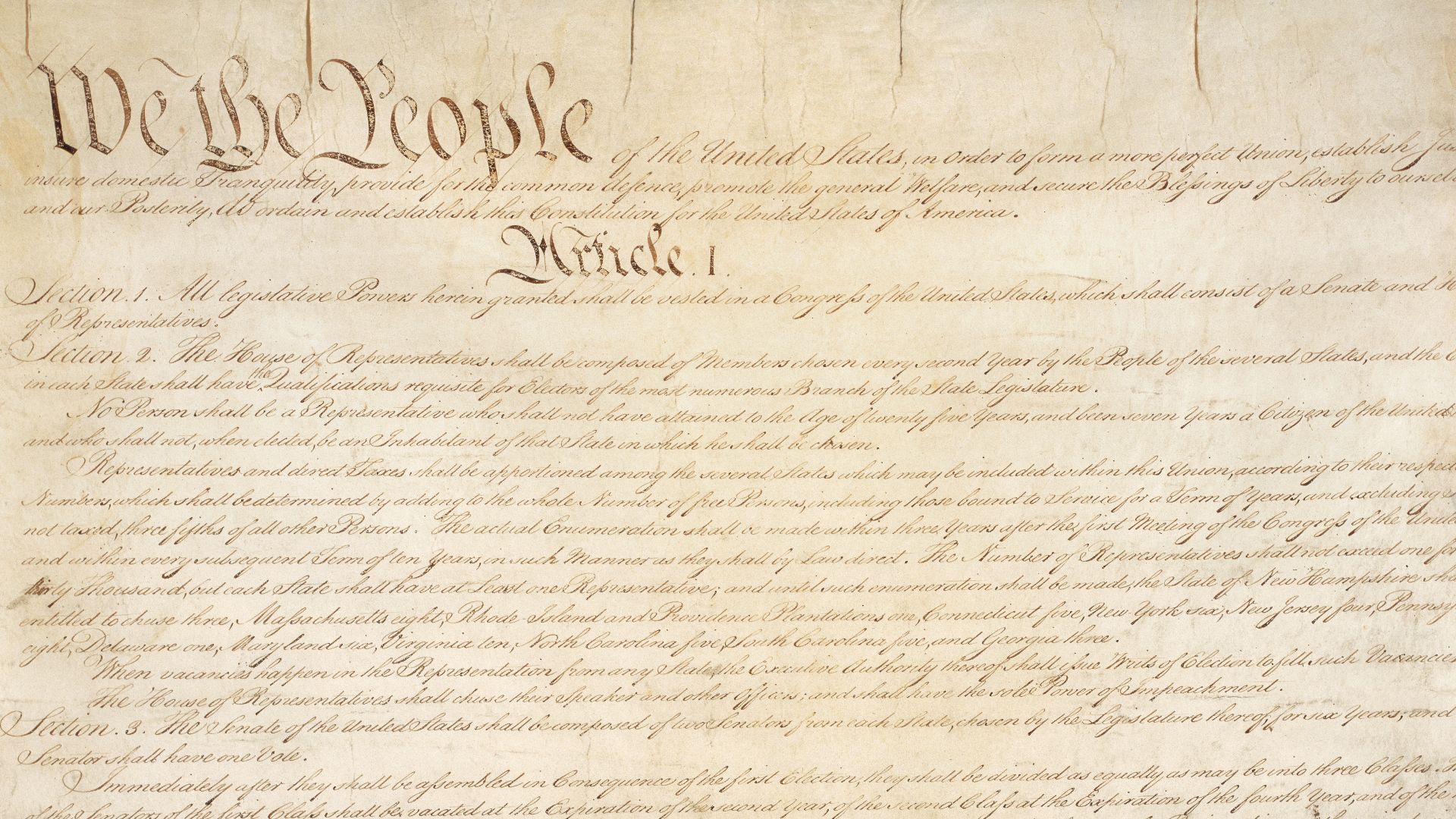 Constitutional Convention on Wikimedia
Constitutional Convention on Wikimedia
Cahokia Was A Thriving Urban Center
Cahokia, a pre-Columbian city near present-day St. Louis, flourished between 1050 and 1350 CE. At its peak, it housed tens of thousands and featured complex trade networks, massive earthen mounds, plazas, and an advanced society. Ongoing excavations yield fresh insights.
 Thank You (24 Millions ) views on Wikimedia
Thank You (24 Millions ) views on Wikimedia
Pueblo Bonito Alignments Revealed Astronomical Knowledge
During the middle and late 800s, Pueblo Bonito and other great houses, including Una Vida, were constructed with precise alignments to solar, lunar, and cardinal directions. These structures featured sophisticated astronomical markers, allowing inhabitants to track celestial events.
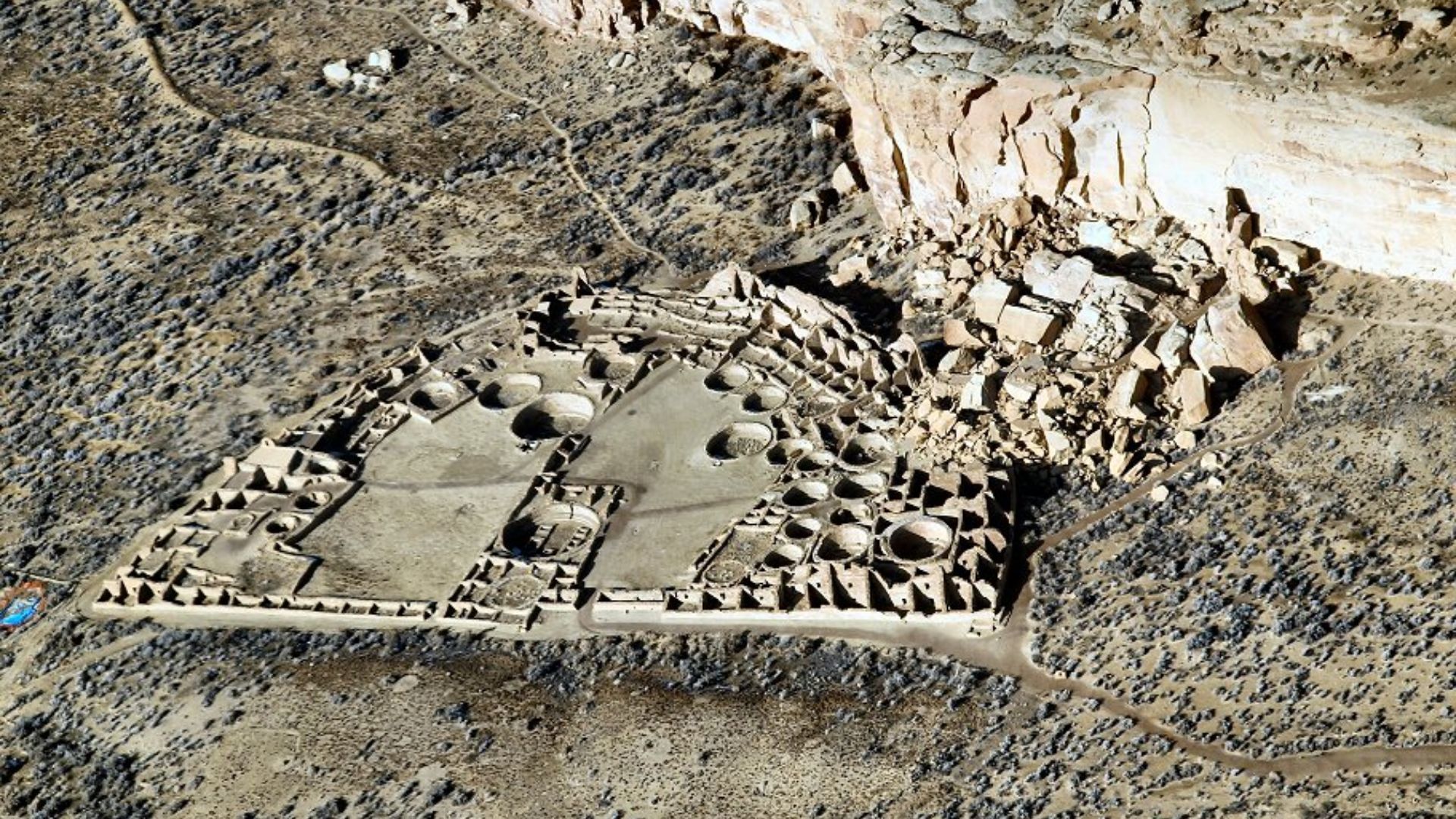 Bob Adams, Albuquerque, NM on Wikimedia
Bob Adams, Albuquerque, NM on Wikimedia
Over 300 Indigenous Languages Existed Before Colonization
Before European colonization, over 300 Indigenous languages thrived across North America. Each language carried distinct traditions and worldviews. Today, revitalization efforts aim to preserve these vital cultural connections with immersion schools and community programs.
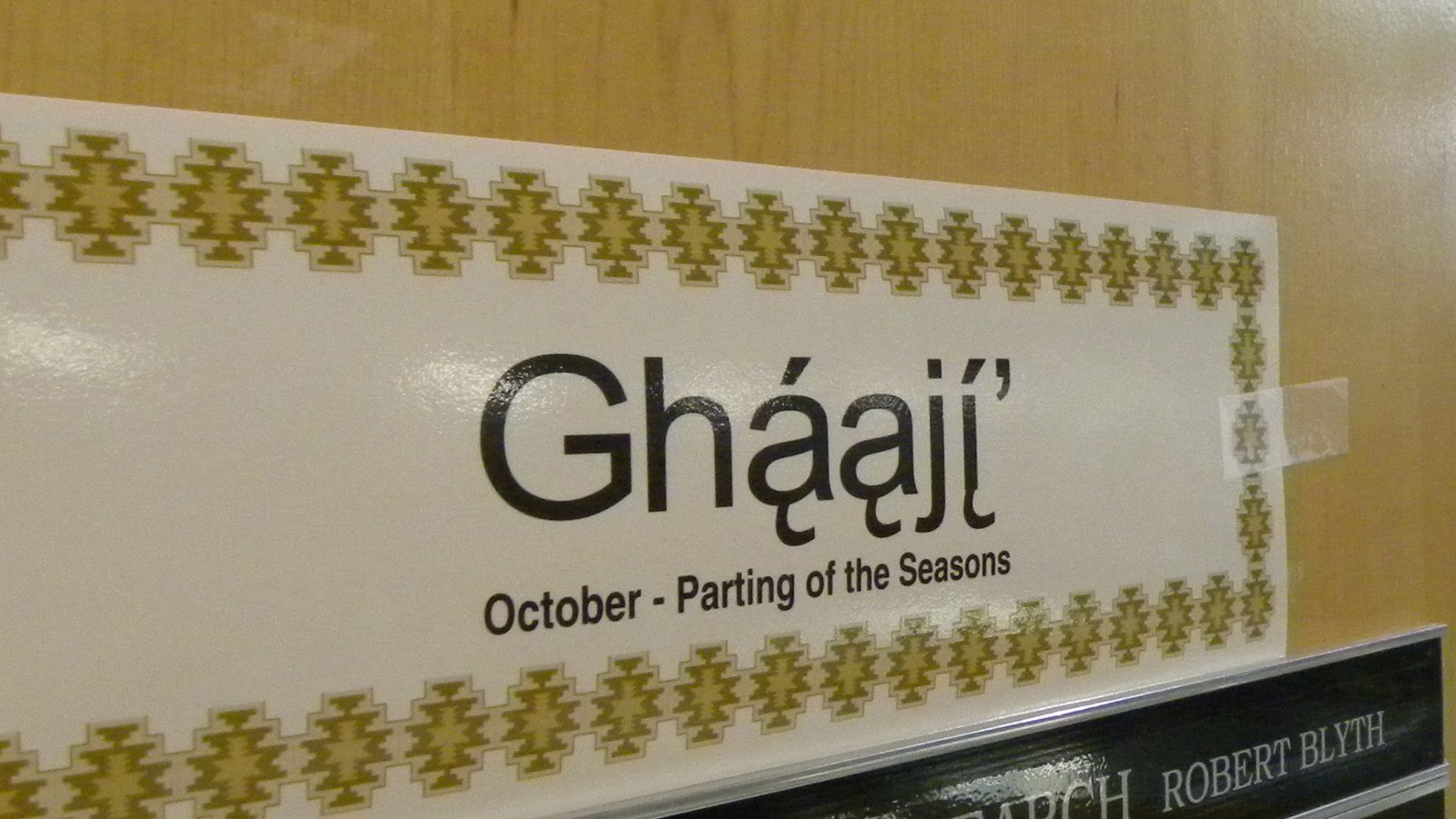 CLS Research Office from Saskatoon, Canada on Wikimedia
CLS Research Office from Saskatoon, Canada on Wikimedia
Hopi Farming Techniques Are Ancient And Ingenious
The Hopi were an ingenious tribe because they built terraced fields and rock alignments to collect scarce rainfall, allowing corn to flourish in a desert environment. The leaders ensure that this local wisdom passed down over centuries leads to continued success despite limited water. Each harvest: a deep-rooted tradition.
The Navajo Nation Spreads Over 27,000 Square Miles
This reservation surpasses 27,000 square miles and stretches across Arizona, New Mexico, and Utah—weaving, sheep herding, and code-talking highlight this nation’s heritage. And it lives on because modern councils govern a lively culture that balances enduring customs and the demands of contemporary life.
Cherokee Pottery Continues A Rich Tradition
Carved or stamped patterns of the Cherokee unite daily needs with symbolic designs transmitted through generations. Vessels blend function and artistic vision in equal measure. Museums and home displays celebrate this craft and showcase how history and creativity continue hand-in-hand in many Cherokee communities.
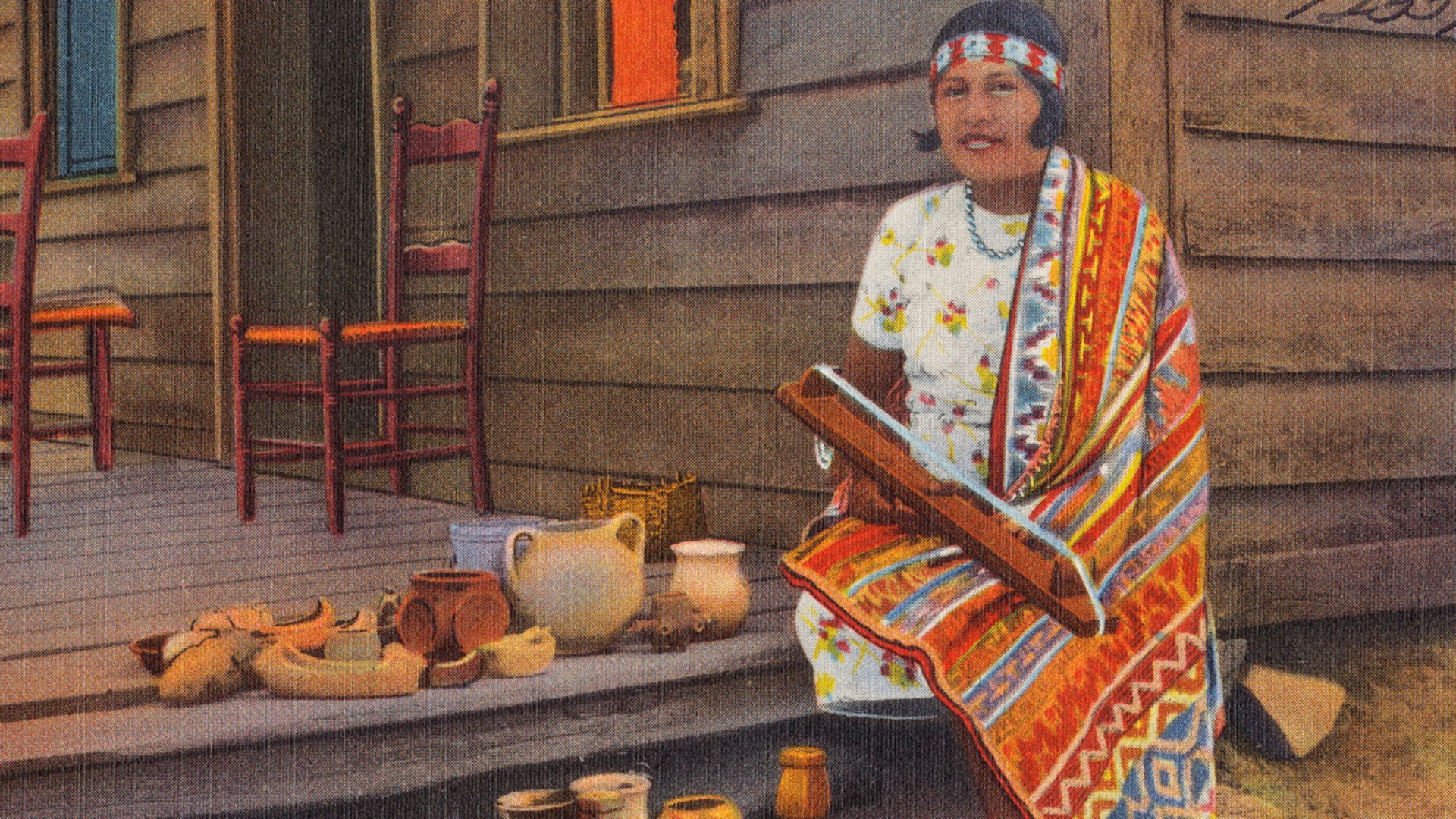 Boston Public Library on Wikimedia
Boston Public Library on Wikimedia
Alutiiq Kayaks Survived Alaska’s Harsh Coastal Waters
Skin-on-frame kayak vessels provided security for hunting expeditions along Alaska’s challenging coast. All it took was an intimate knowledge of the ocean and weather to escort these watercraft. Thankfully, they were durable enough to handle ice-laced waves, and each kayak ensured that families could gather vital resources despite the ruggedness.
 At Kodiak AK suipiaq alutiiq kayak design flexibility for speed GEFerris AVI 12 18 17 by gail ferris
At Kodiak AK suipiaq alutiiq kayak design flexibility for speed GEFerris AVI 12 18 17 by gail ferris
Inupiaq Whale Hunts Are Vital To Community Survival
Arctic families would work together each season, relying on harpoons and traditional ice movement. Whale and seal harvests sustain entire villages through brutal winters. Then, the shared protocols and mutual trust define a practice that endures despite environmental challenges and changing global pressures.
Totem Poles Tell Stories Of Northwest Native Cultures
Cedar trunks are secret waiting to be told because they hold mythic creatures and stories that have been around for centuries. Haida and others preserve carving knowledge for future generations. These vertical storytellers intertwine history and identity, which stand as cultural markers of identity along coastal areas.
The Ghost Dance Was A Spiritual Movement For Renewal
The Ghost Dance, a religious movement in the late 19th century, aimed to restore Indigenous lands and ways of life. This did not sit well with the US authorities, who saw it as a threat, leading to violent suppression, including the 1890 Wounded Knee Massacre, where hundreds were killed.
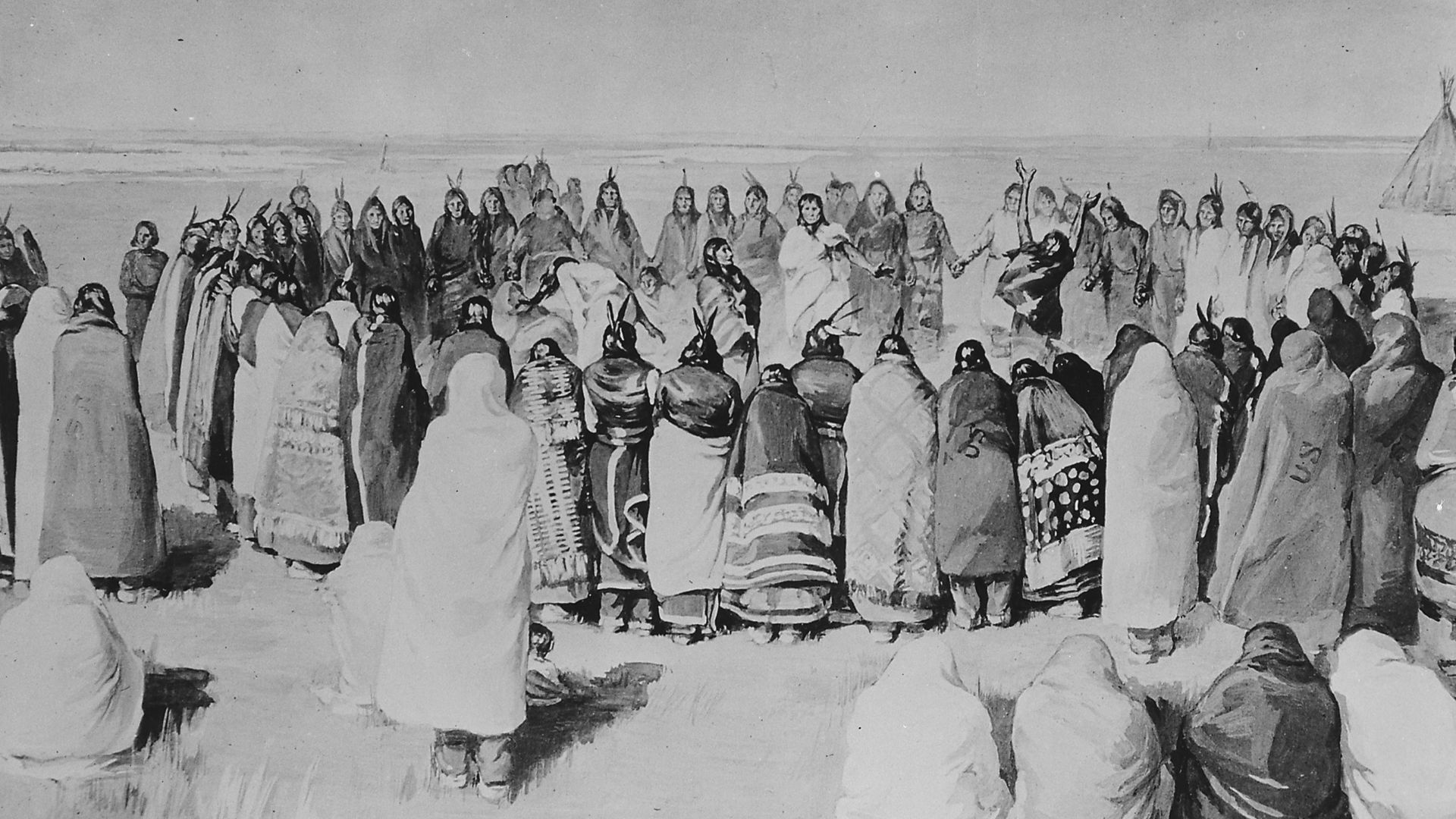 Unknown authorUnknown author or not provided on Wikimedia
Unknown authorUnknown author or not provided on Wikimedia
Turquoise Trade Linked Southwestern Communities
Sparkling stones were the connectors of settlements from Mesa Verde to Mesoamerica through trade spanning hundreds of miles. In this trade, artisans fashioned jewelry, mosaics, and religious items using vibrant turquoise. Archaeological finds later reveal an extensive network linking distant communities long before European explorers arrived.
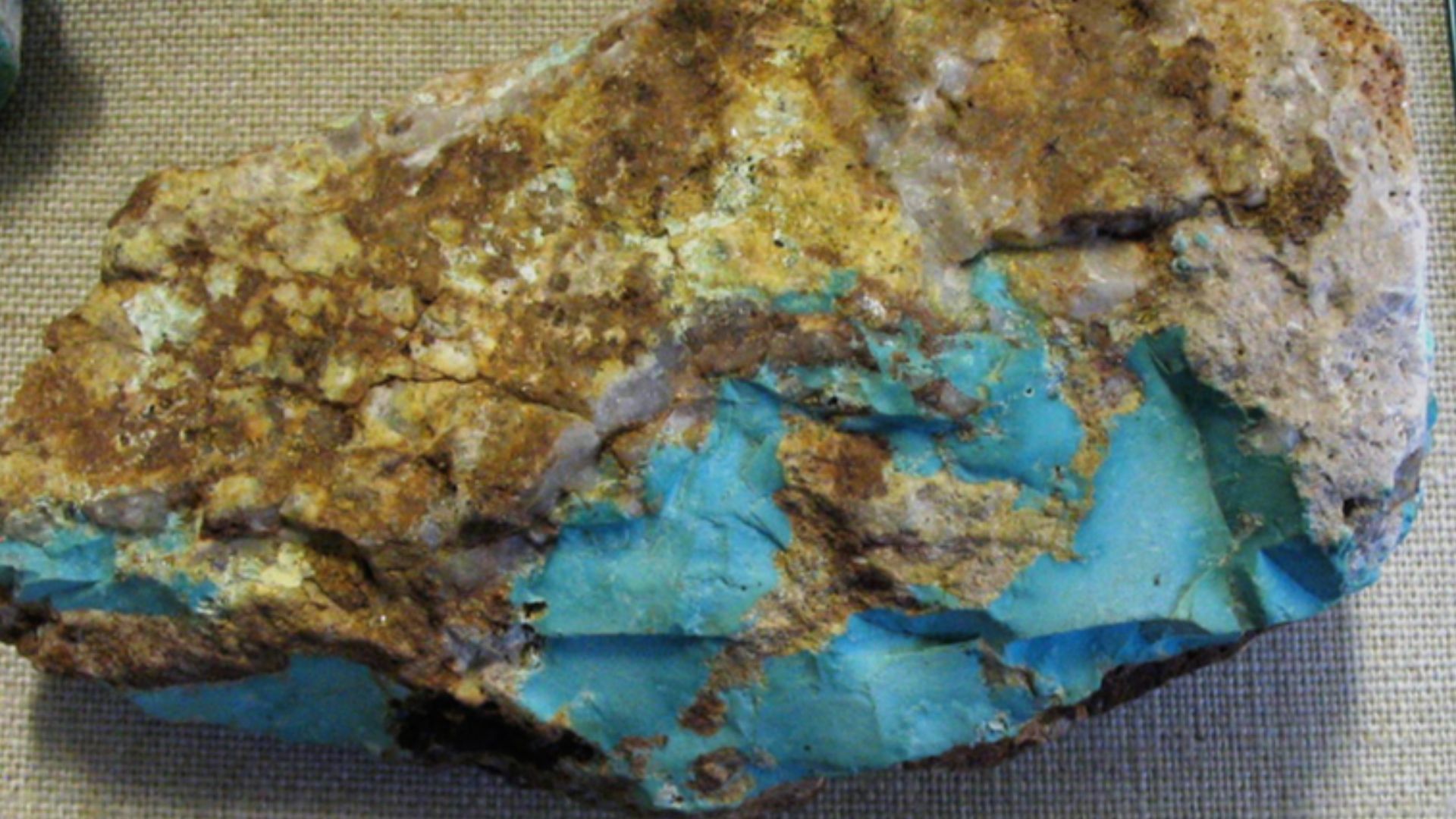 Aramgutang~commonswiki on Wikimedia
Aramgutang~commonswiki on Wikimedia
The Pueblo Revolt Of 1680 Was A Victory For Native Autonomy
In 1680, the Pueblo peoples of present-day New Mexico united to expel Spanish colonizers, reclaiming their land and traditions. This successful revolt kept the Spanish out for over a decade. Leaders coordinated a massive uprising after decades of imposed missions and oppression, and they still celebrate this event today.
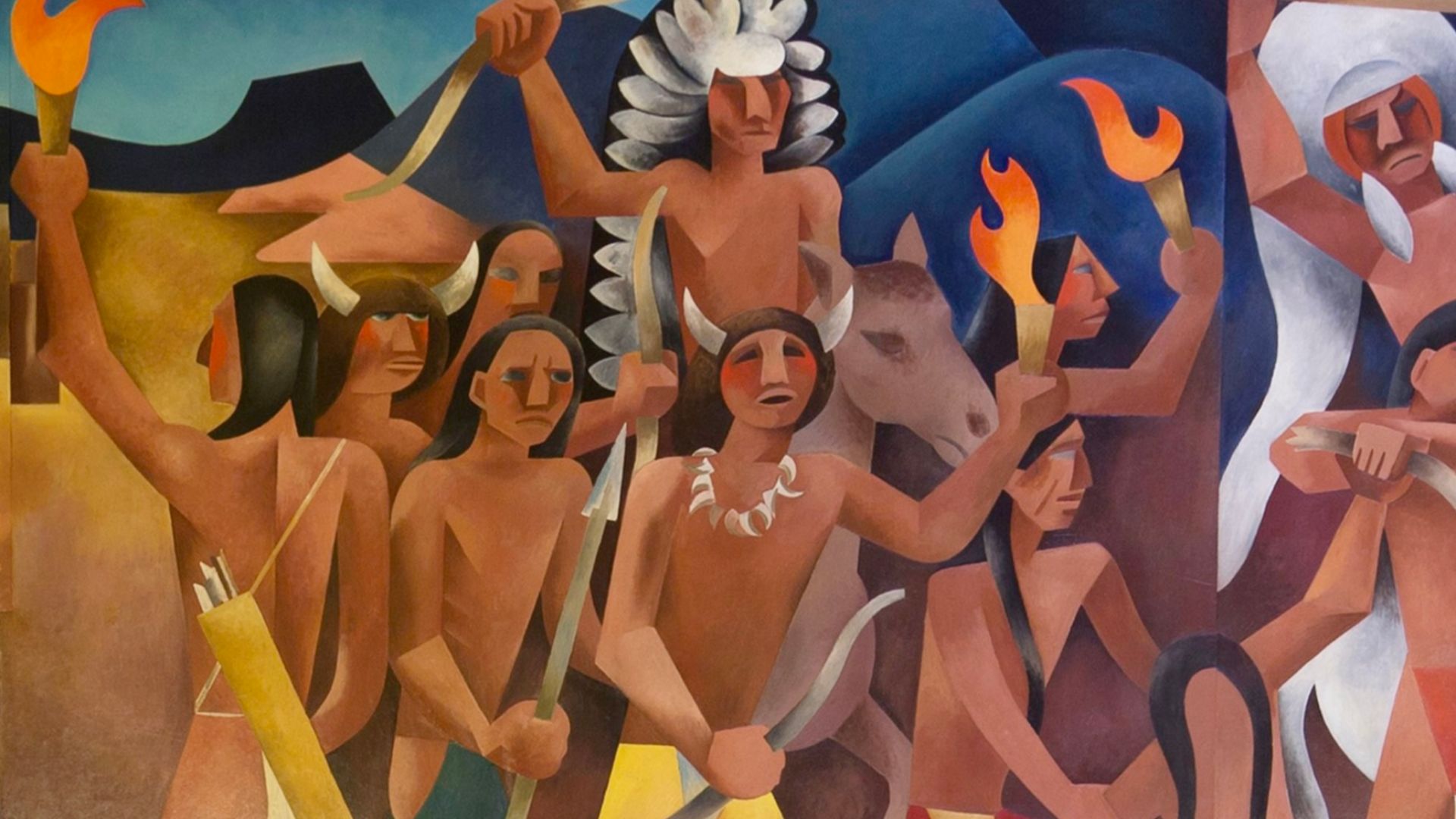 Loren Mozley for TRAP (USgov), 1936 on Wikimedia
Loren Mozley for TRAP (USgov), 1936 on Wikimedia
Seminole Resistance In Florida’s Wetlands
The Seminole fiercely resisted US removal policies by using Florida’s swampy terrain to their advantage. Through three Seminole battles(1817–1858), they fought to retain their land, with some never surrendering. The dense vegetation and waterlogged trails provided natural defenses, and they aided their resistance in these times.
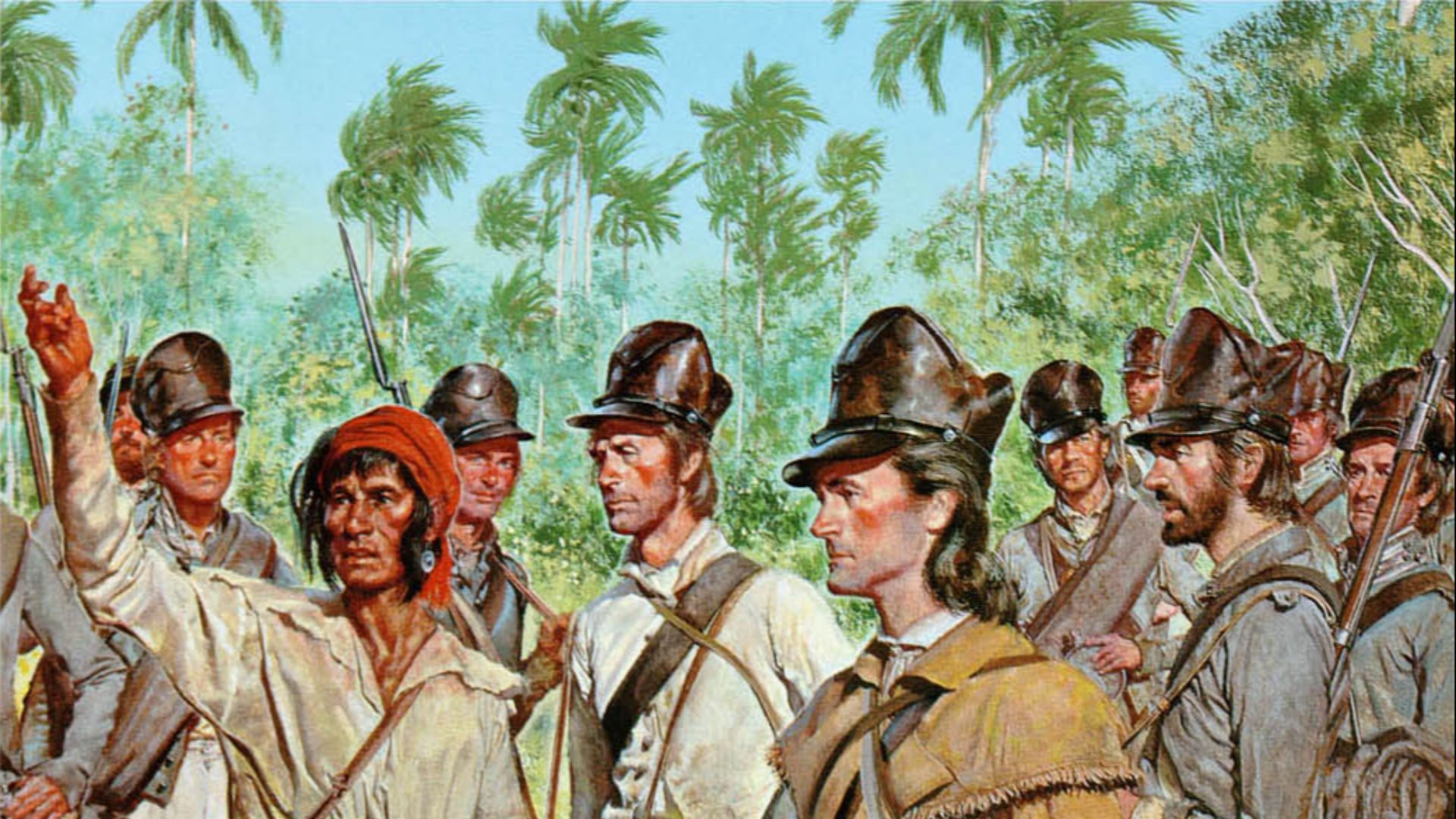 H. Charles McBarron, Jr. on Wikimedia
H. Charles McBarron, Jr. on Wikimedia
Ojibwe Wild Rice Harvesting Is A Sacred Tradition
For generations, the Ojibwe people have harvested wild rice, or manoomin, a gift from the Creator and a part of their cultural identity. Paddling through shallow lakes, harvesters use wooden sticks to gently knock ripe grains into their canoes. This sustainable practice preserves both tradition and the delicate wetland ecosystems.
Yurok Tribe Views Salmon As A Lifeline
Salmon might be just a meal, but to the Yurok people—they are central to culture, spirituality, and survival. Ceremonies honor the Klamath River’s annual salmon runs to reinforce the land and water connection. Tribal leaders and environmental groups always worked to restore and maintain the river’s health.
Wampum Belts Were Diplomatic Tools
Eastern Woodlands nations used wampum belts—artifacts made from shell beads—for storytelling, ceremonial gifts, and recording agreements and events to record treaties and history. Haudenosaunee leaders presented them at councils to affirm commitments. Europeans saw them as currency, overlooking their deeper role in preserving agreements and cultural memory across generations.
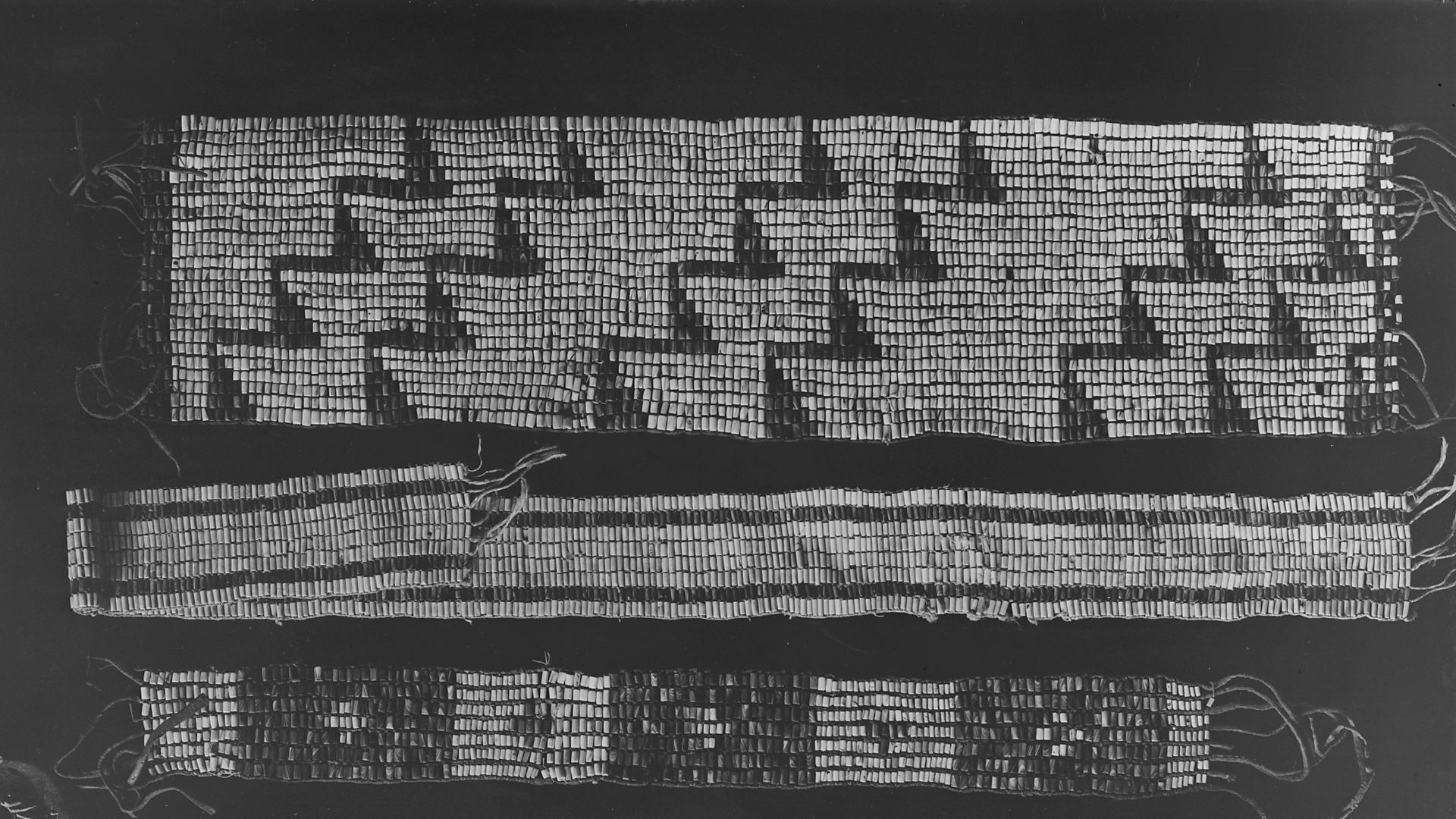 Unknown authorUnknown author or not provided on Wikimedia
Unknown authorUnknown author or not provided on Wikimedia
Haudenosaunee Clan Mothers Held Key Leadership Roles
As matriarchs, clan mothers appointed or removed chiefs under the Great Law of Peace to ensure a balanced governance. They upheld traditions, guided diplomacy, and protected communal well-being. Some scholars argue their consensus-driven leadership influenced US democratic principles, sparking debate over Indigenous contributions to American political systems.
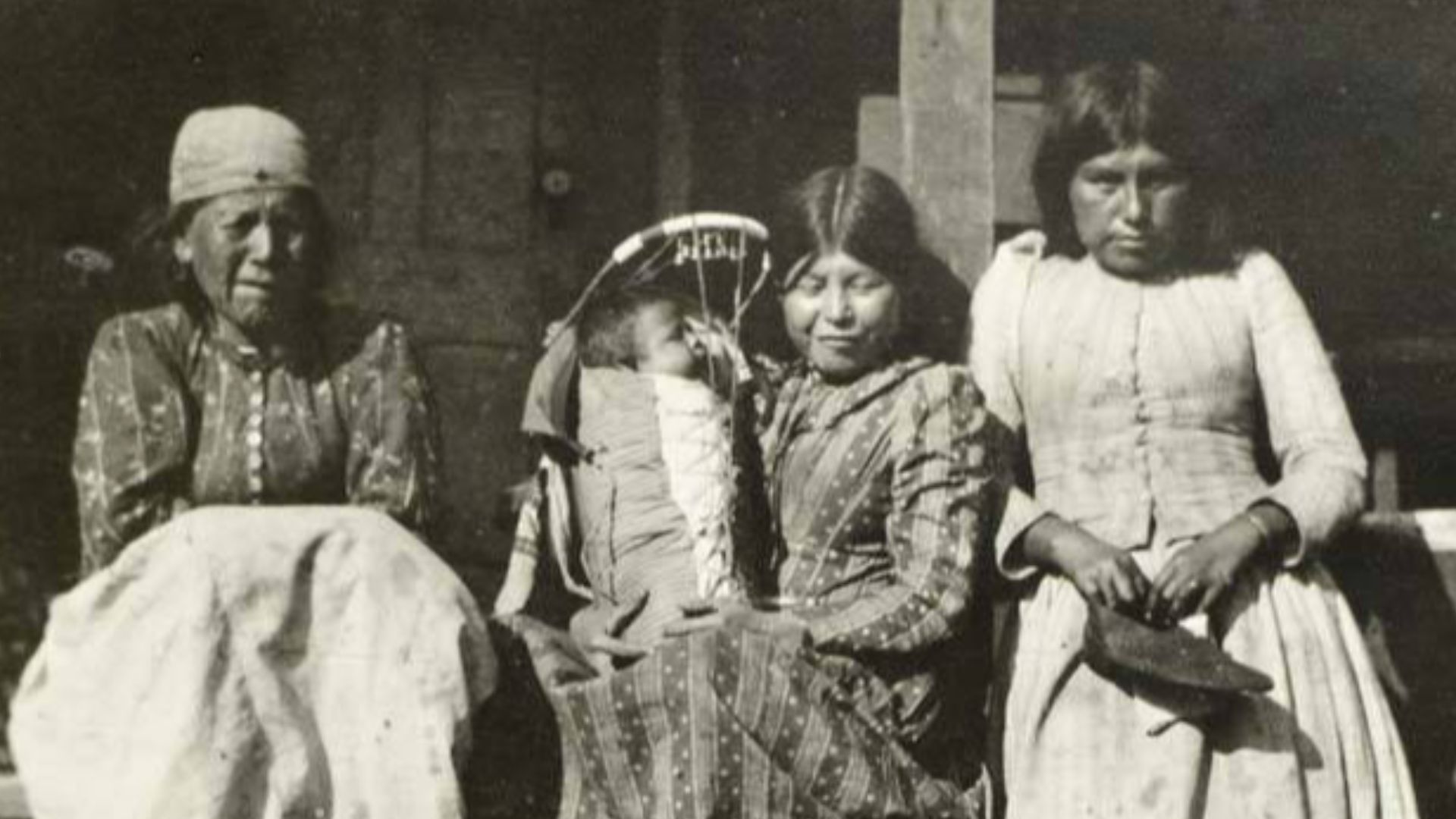 Thompson, Mabel Elizabeth (Denny) on Wikimedia
Thompson, Mabel Elizabeth (Denny) on Wikimedia
The Three Sisters Were Vital To Agricultural Practices
Corn, beans, and squash (a triple threat of sorts) support each other in fields, which increases yields while nourishing the soil. Bean vines climb corn stalks, and squash leaves shield the ground. Farmers noted sustainable benefits from this low-impact method and taught it across countless generations.
 Garlan Miles, CC BY-SA 4.0, Wikimedia Commons
Garlan Miles, CC BY-SA 4.0, Wikimedia Commons
Rock Art Preserves Ancient Native Histories
Symbols marked on canyon walls tell of hunts and community rituals. Even though they have been weathering over centuries, they still hint at the art’s age. Researchers interpret these motifs, though most times, the exact meanings often remain with descendant communities that preserve the context for these precious engravings.
 I Found an Abandoned Native American City - Hiking & Camping in Snow Storm by Outdoor Boys
I Found an Abandoned Native American City - Hiking & Camping in Snow Storm by Outdoor Boys
Shoshone Basketry Is A Functional Art Form
With skillful weaving, the Shoshone turned sagebrush and sumac into sturdy baskets for carrying seeds and water. These pieces were beautifully patterned, and they seamlessly blended function with artistry. Passed down through generations, basket-making kept traditions alive. It's true: Survival and culture could go hand in hand.
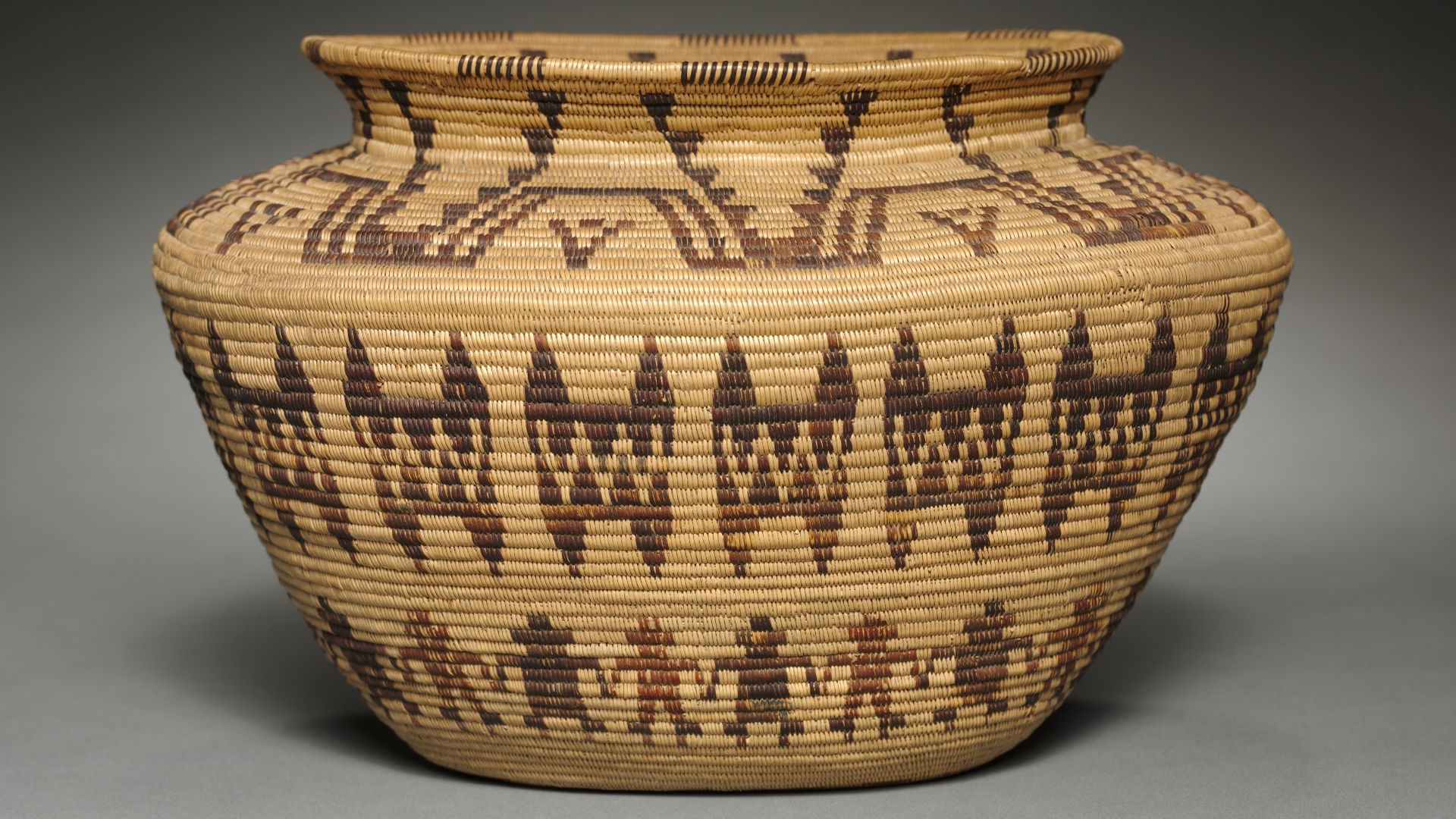 Unknown authorUnknown author on Wikimedia
Unknown authorUnknown author on Wikimedia
Taos Pueblo Is A Living Link To The Past
For over 1,000 years, the Taos Pueblo people have lived in multi-story adobe homes near the Rio Pueblo, maintaining traditions through generations. This UNESCO World Heritage location represents one of the oldest continuously populated communities in North America. Residents balance ancient practices with modern life despite changing times.
Traditional Ecological Knowledge Reveals Reciprocal Ties To The Earth
Robin Wall Kimmerer, a Potawatomi writer and scientist, merges traditional knowledge with biology to highlight the reciprocal relationships between humans and nature. Her work emphasizes understanding plants and ecosystems as interconnected teachers, and she offers valuable perspectives on both environmental and cultural sustainability.
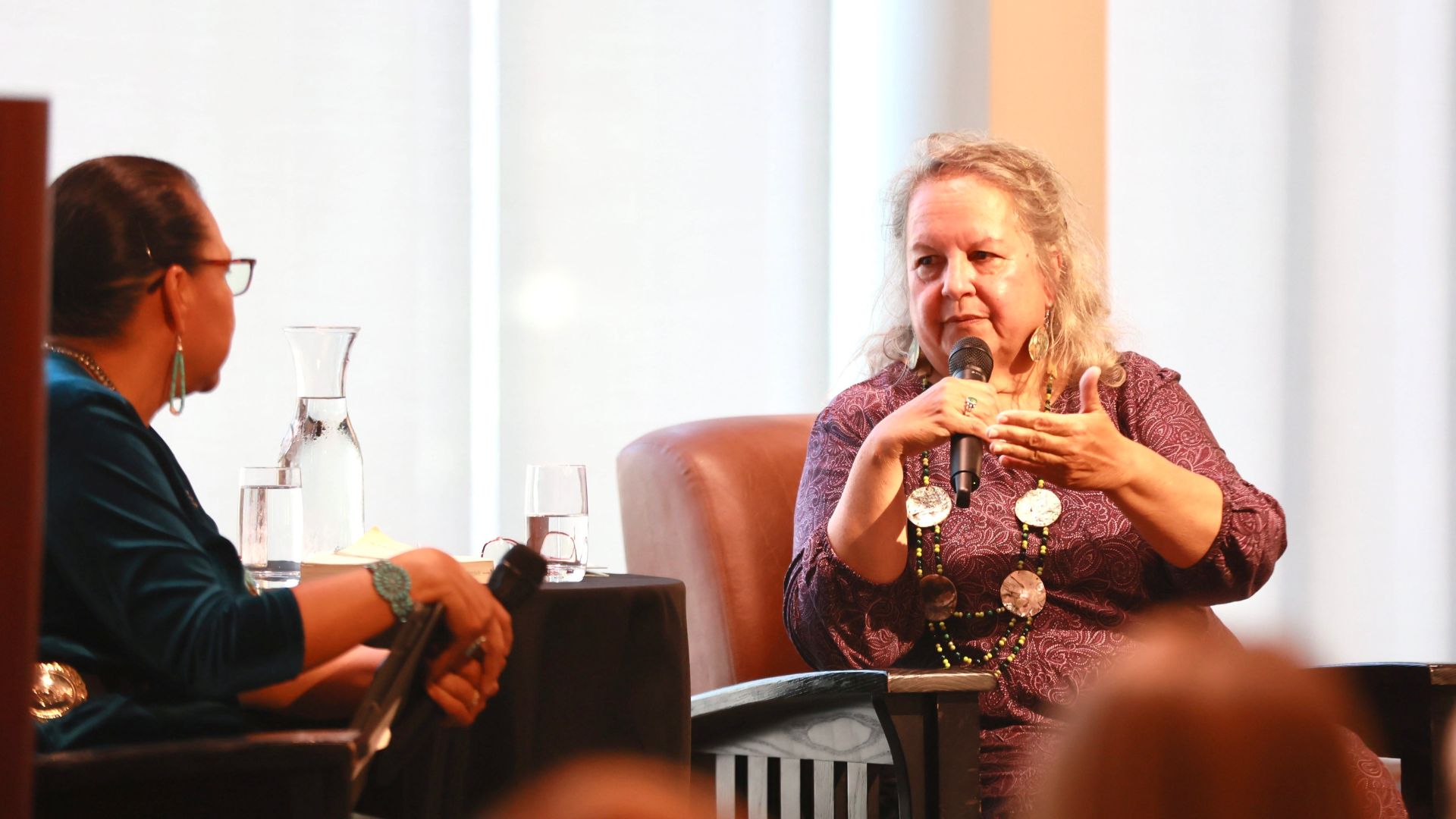 Indiana Humanities on Wikimedia
Indiana Humanities on Wikimedia
Innu People Track Caribou Across Labrador’s Tundra
The Innu have followed caribou migrations across the vast Labrador tundra for generations by only relying on ancestral knowledge. Careful observation of the land’s subtle changes guides their journeys. These traditional paths strengthen cultural identity and honor a deep connection to nature.
Cultural Misrepresentations Of Native History Challenged
Vine Deloria Jr’s Custer Died for Your Sins called out broken treaties and misleading portrayals of Native history. His sharp critiques gave activists a voice and a roadmap for change. Over time, his work helped shift conversations and pushed for Indigenous sovereignty and a more honest look at history.
 Vine Deloria Jr. on Our Relationship to the Unseen by Sacred Land Film Project
Vine Deloria Jr. on Our Relationship to the Unseen by Sacred Land Film Project
Code Talkers Played A Key Role In Both World Wars
During World conflicts, Native American Code Talkers, including Navajo, Comanche, and other tribes, used their languages to transmit unbreakable battlefield messages. Their contributions remained classified for decades before receiving proper recognition. Their bravery saved countless lives, but official recognition came decades later, finally honoring these linguistic warriors.
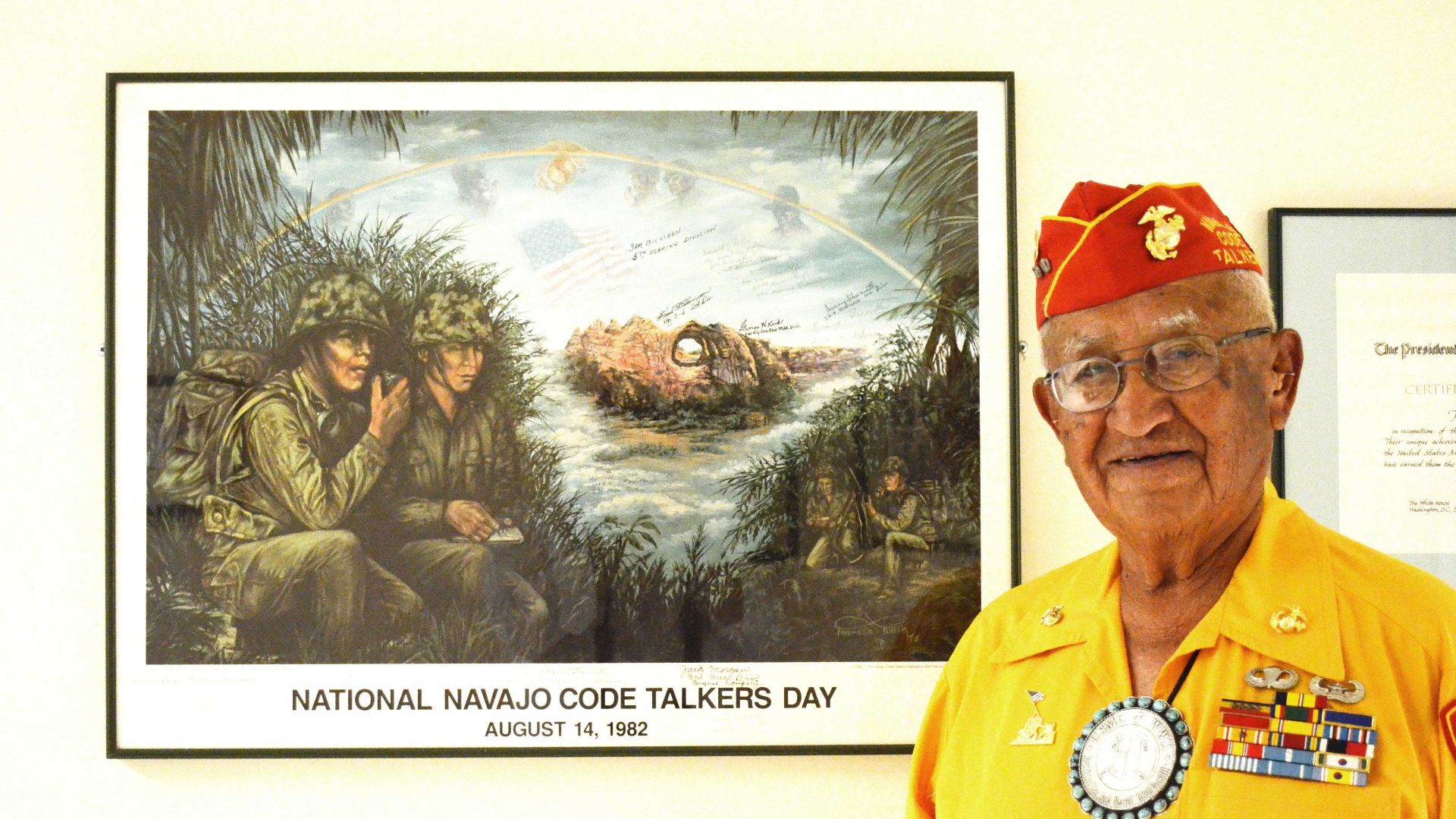 United States Department of Veterans Affairs on Wikimedia
United States Department of Veterans Affairs on Wikimedia
Plains Quillwork Preceded Beadwork in Native Art
Dyed porcupine quills decorated clothing and accessories long before glass beads came through trade. Colors and shapes told personal or tribal stories. Today’s quillwork continues to blend artistry and cultural pride, which forms a thread that runs back many generations.
Potlatch Gatherings Fostered Community Ties
Among the Kwakwaka’wakw and other coastal communities, feasts and gift-giving reinforced social ties over personal wealth. Hosts gained respect by giving away possessions, not hoarding them. Colonial bans tried to suppress these traditions, but they persisted in showing the resilience of a deeply rooted cultural practice.
 Edward S. Curtis, Wikimedia Commons
Edward S. Curtis, Wikimedia Commons
Powwows Celebrate And Strengthen Cultural Bonds
Intertribal celebrations bring drumming and singing to center stage. Regalia adorned with feathers and beads merges custom with creativity. These gatherings strengthen cultural bonds and encourage younger generations to appreciate traditions that stand firm across changing times.
The Basketmaker Period Marks A Shift In Southwestern Life
Over many centuries, people transitioned from roaming hunters to settled farmers. This period laid the groundwork for future developments in Puebloan communities, and it revealed a slow yet profound change. Woven baskets and improved planting styles shaped daily life.
 National Parks Service, US Department of the Interior, Wikimedia Commons
National Parks Service, US Department of the Interior, Wikimedia Commons
Tlingit Oral Histories Preserve Generations Of Knowledge
Clan migrations and moral teachings remain living narratives passed down by elders. Younger members would learn these accounts in communal settings. Even without written records, careful storytelling preserves an identity that continues to influence cultural values and social norms.
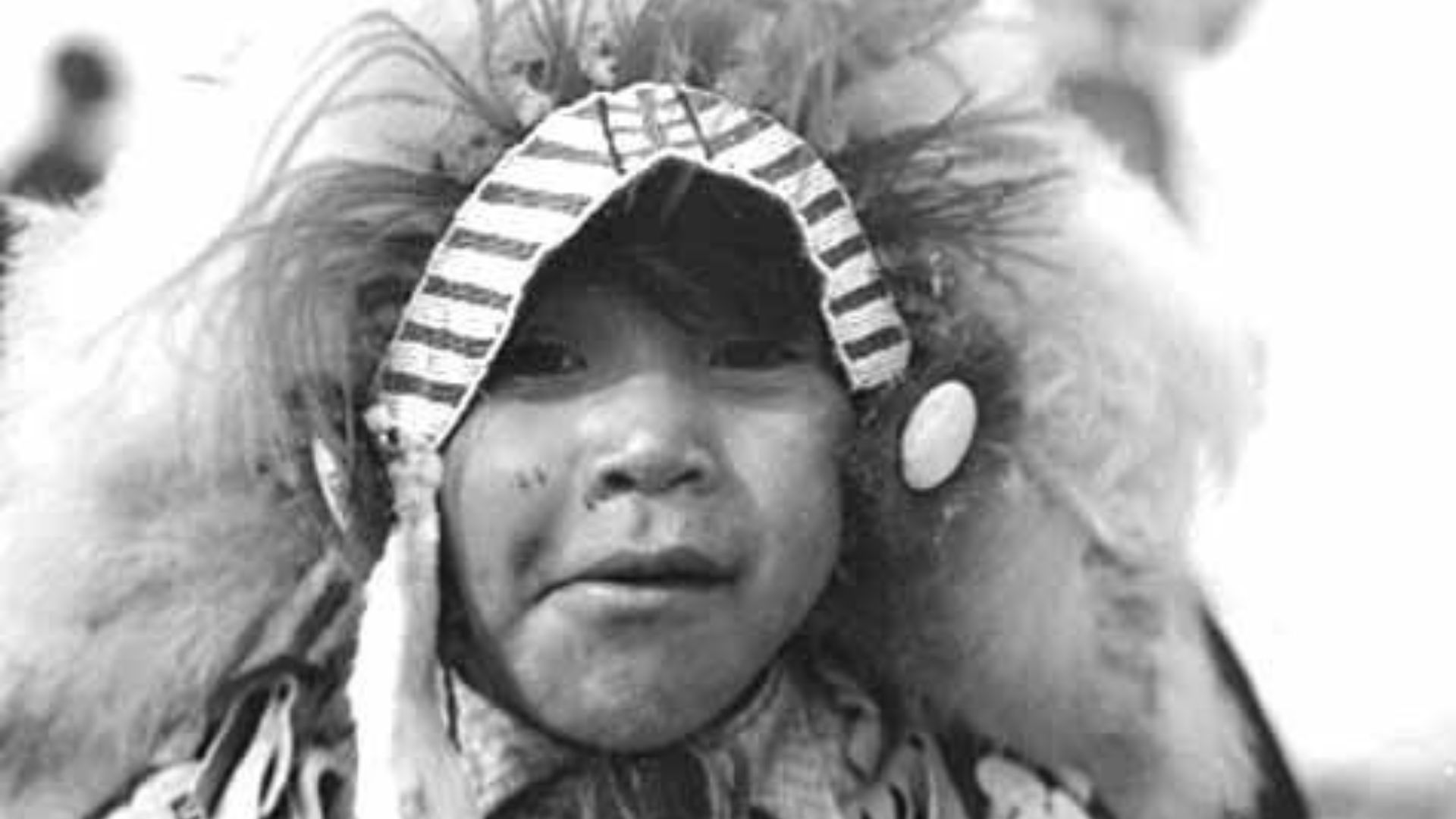 UW Digital Collections on Wikimedia
UW Digital Collections on Wikimedia
Earth Lodges Adapted To The Northern Plains Climate
Timber frames and packed sod provided reliable shelter near the Missouri River, controlling interior temperatures year-round. Communal living spaces and farming practices sustained these villages. Such constructions highlight an adaptable spirit, which is important for settlements in unpredictable climates.
Maya Codices Contained Knowledge Of Astronomy and Rituals
Mathematics, astronomy, and rituals filled bark-paper books created by scribes. Most were burned following European conquest, which erased a significant record of ancient expertise. Scholars study what remains to piece together knowledge about a civilization that matches global learning centers.
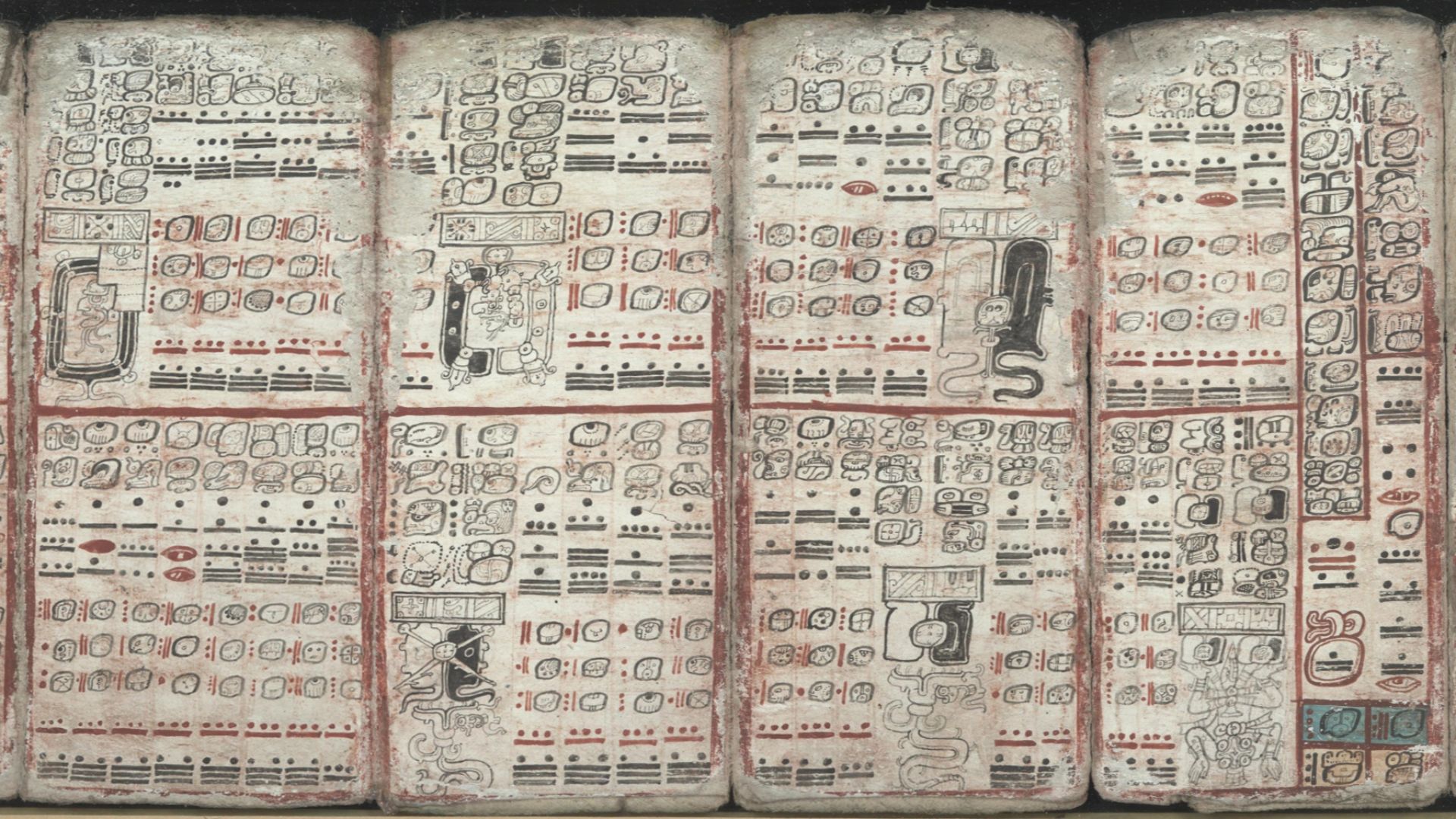 Unknown authorUnknown author on Wikimedia
Unknown authorUnknown author on Wikimedia
The Makah Tribe Continues Whaling Traditions
The Makah’s whaling traditions on Washington's coast spark debates over treaty rights and conservation. Using canoes and harpoons, they honor ceremonies passed down for centuries. While some saw a conflict between tradition and environmental concerns, for the Makah, it’s about preserving both culture and a way of life.
The Indian Child Welfare Act Strengthens Tribal Rights
For years, Native children were taken from their families and placed in non-Native homes, weakening cultural connections. The 1978 Indian Child Welfare Act (ICWA) gave tribes a say in child placement to protect heritage and identity. While legal challenges persist, ICWA remains vital in addressing past injustices.
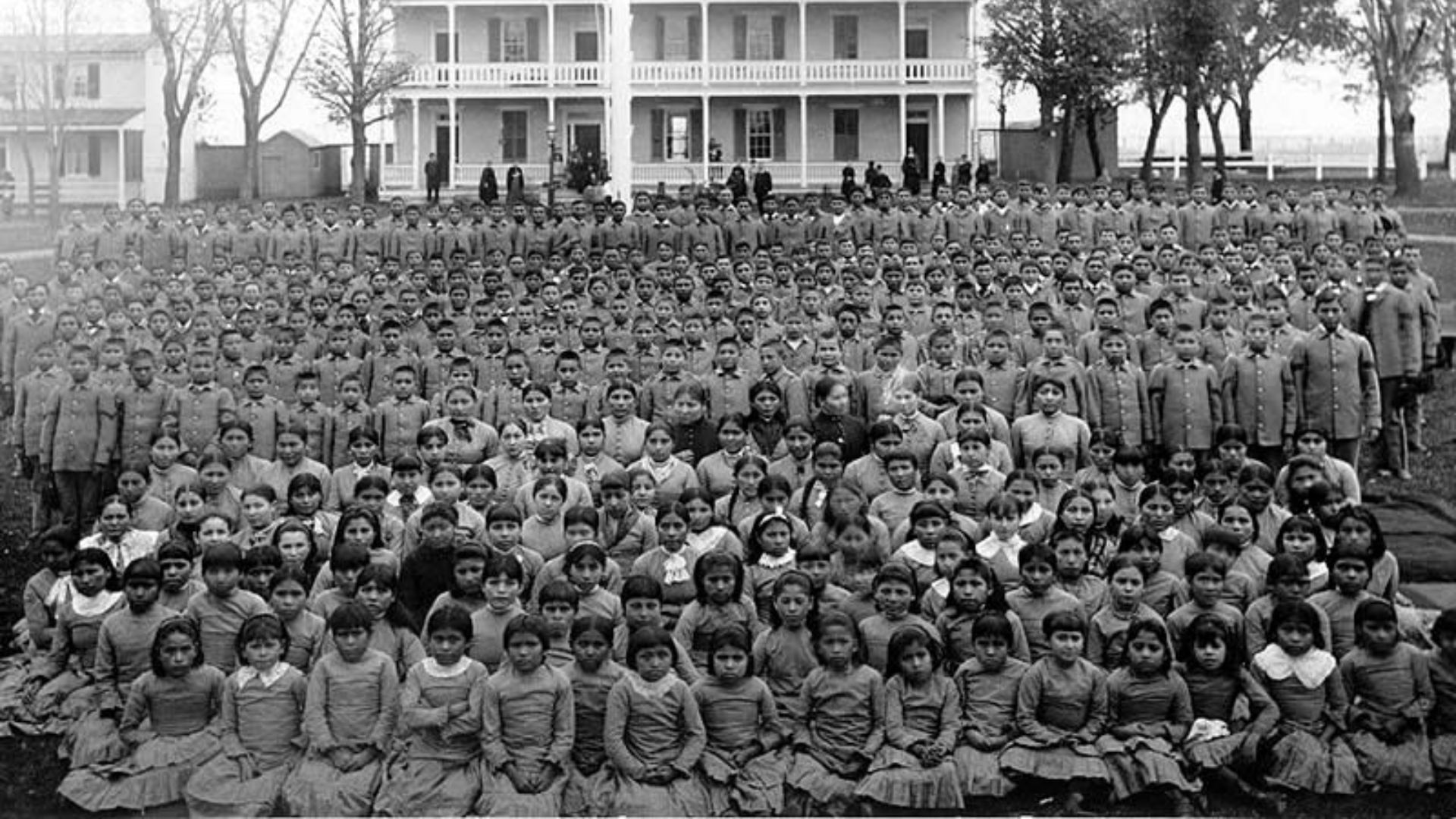 Unknown authorUnknown author on Wikimedia
Unknown authorUnknown author on Wikimedia
Bison Restoration Brings Healing To Tribal Lands
Herds once provided vital resources for food, clothing, and shelter until decimation by overhunting. Today’s restoration projects return bison to tribal lands, and they renew ecosystems and ancestral connections. Each animal’s reintroduction sparks hope for reclaimed heritage and balance on the prairies.
Lacrosse’s Origins Are Rooted In Native American Culture
Oh yes, you read right; Lacrosse's origins are Native American. Haudenosaunee nations played this game as medicine and a unifying sport, and the early matches focused on healing and social harmony. Present-day tournaments honor the original spirit while showcasing athletic skill, blending centuries-old beliefs with contemporary global competitions.
Floral Beadwork Tells Stories In Plateau Cultures
Salish, Nez Perce, and neighboring groups embraced glass beads from trade routes to create lively floral patterns on clothing and horse regalia. Designs carried personal meaning or recorded family heritage. This tradition remains widespread, and it bridges past and present in eye-catching fashion.
Lakota Winter Counts Documented Key Historical Events
Symbols painted on hides documented each year’s big event, from harsh cold snaps to battles and ceremonies. Knowledge keepers recited these images, which formed a pictorial diary shared across generations. Such records maintained an evolving connection between people and their lived history.
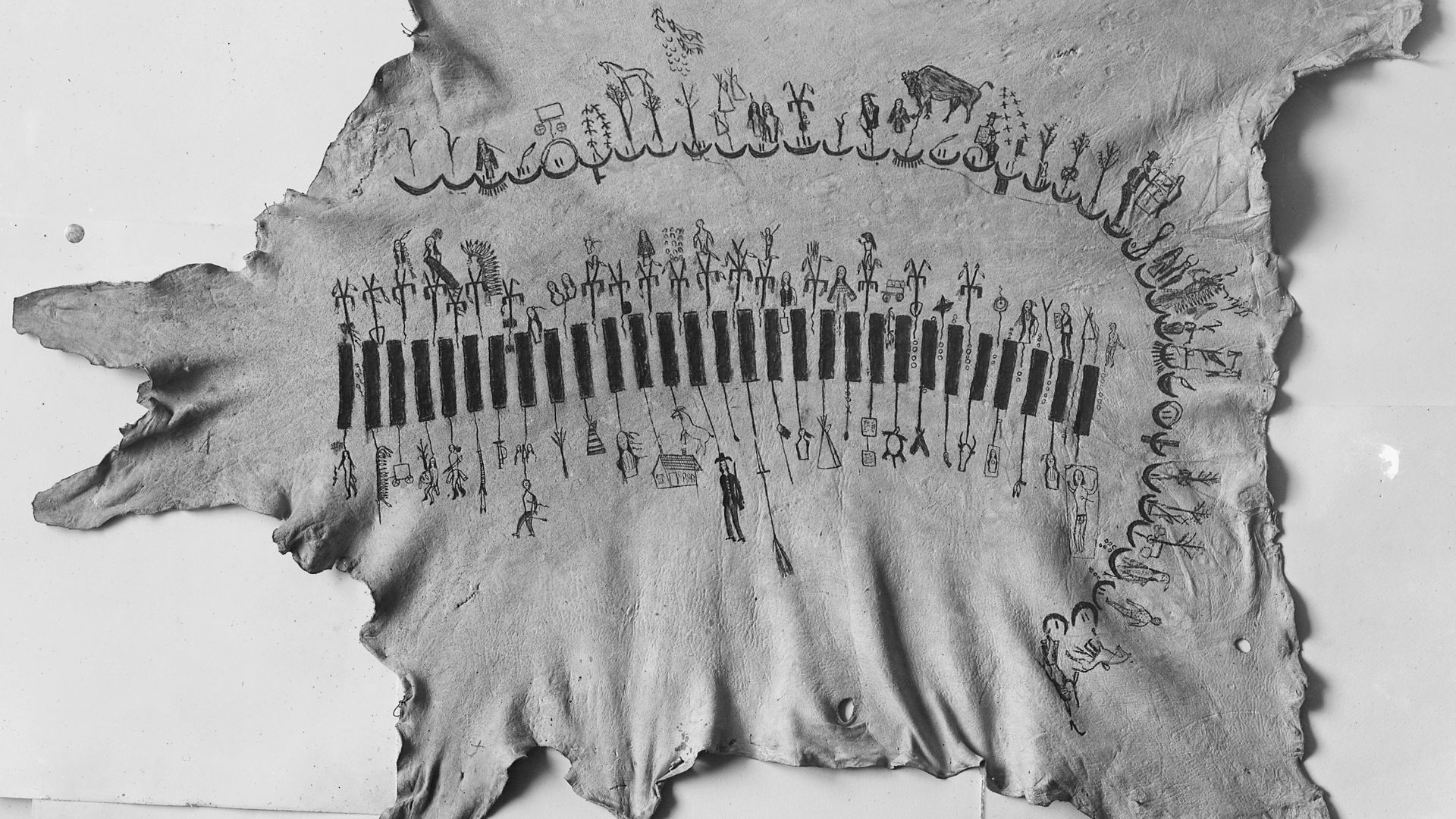 Unknown authorUnknown author or not provided on Wikimedia
Unknown authorUnknown author or not provided on Wikimedia
Dine Sandpainting Restores Harmony In Sacred Ceremonies
During Navajo healing ceremonies, intricate sand paintings come to life, created with colored sands placed by hand. These sacred designs were spiritual tools meant to restore balance and harmony. Once the ceremony ends, the sand is swept away to symbolize life’s impermanence and the energy flowing through each creation.

